|
New vintages of Gaia reds have arrived! And, yes, I’m giving another shout-out to these consistently tasty wines from Domaine Bousquet’s Gaia collection! Domaine Bousquet is a family-owned winery and Argentina’s largest producer and exporter of organically grown wines. It is located in the Gualtallary Valley, high up in the Tupungato district of the Uco Valley, where altitudes can reach up to 5,249 ft. The winery was founded in 1997 by winemaker Jean Bousquet, originally from Carcassonne in Southwest France, where his family expanded four generations of winemaking. Please select from the menu at right for a more in-depth look at Domaine Bousquet. The label for these wines is a striking portrayal of Gaia, who in Greek mythology is the mother goddess presiding over the earth. It is a fitting name for wines produced from all organic grapes! Gaia Organic Cabernet Franc 2020 This vintage is 100% Cabernet Franc. Grapes are hand-harvested from vineyards at 4000 ft. altitude. The wine is aged in French oak for ten months. Nose: Dark berries, floral, and baking spice. Palate: Juicy notes of blackberry, plum, pomegranate, spice, and minerality. It is fresh and lively! Alcohol: 14.5% SRP: $20 Gaia Organic Cabernet Sauvignon 2019 Grapes for this 100% Cabernet Sauvignon are hand-harvested from vineyards at 4000 ft. altitude. This wine is aged in French oak between eight and ten months. Nose: Intense aromas of dark berries, dark cherry, baking spice, and a touch of minerality set the stage for this expressive wine: Palate: Aromas segue onto the palate with plum, vanilla, and a hint of chocolate. Smooth tannins and a lengthy finish beg for another sip. Alcohol: 15% SRP: $20 Gaia Organic Malbec 2019 This wine is 100% Malbec. Grapes are hand-harvested from vineyards located by the foothills of the Andes at 4000 ft. altitude. The wine is aged in French oak between eight and ten months. Nose: Floral, dark berries, baking spice, and hints of plum. Palate: Aromas segue onto the palate with a touch of dark cherry, earthiness, firm tannins, and a lengthy finish. Alcohol: 14.5% SRP: $20 Gaia Organic Red Blend 2020 This red blend is the first wine that launched the Gaia collection. The blend is 50% Malbec, 45% Syrah and 5% Cabernet Sauvignon. The best grapes are used for this wine and are harvested manually from Domaine Bousquet’s organically farmed vineyards. Wine aging takes place in French oak barrels for ten months. Nose: Aromas of violet, dark berries, and spice are inviting and heady.
Palate: Dark cherry and plum, blackberry, and spice entertain the palate with a hint of vanilla lingering on a long finish. It is juicy, fruity, smooth, and complex. Alcohol: 14.5% SRP: $20 Pairing suggestions for these wines: Grilled meat, BBQ, roasted chicken, hearty stews, cheese, pasta, seared tuna, and chocolate desserts! Gaia wines are a great value and never disappoint the palate! Until next time… Cheers! Penina To leave a comment or if you have an inquiry, please contact me at [email protected] If you are looking to dazzle your palate, celebrate a special occasion, or seek something beyond the usual wine gift this holiday season, consider these wines. And yes, they are pricey. However, if it is within your budget, these wines are worth exploring and will surely impress the discerning palate. Château d’Esclans Garrus 2020 This luxury cuvée is made in the heart of Provence, France, and it is considered Château d’Esclans’ finest wine. The estate refers to it as “the essence of 100-year-old vines.” It is a blend of Grenache, Vermentino and Syrah. The grapes are sourced from a single vineyard of 100-year-old vines, with fermentation and aging taking place in large French oak barrels. Nose: Beautiful notes of floral, peach, berries, and spice. Palate: Lush, ripe red berries, white stone fruit, vibrant acidity, and a hint of minerality. The finish is long, with baking spice, vanilla, and a touch of citrus lingering. Magnifique! Alcohol: 14% SRP: $110 Pairing suggestions: Enjoy as an aperitif or serve with appetizers, seafood, grilled chicken, Ceviche, goat cheese salad, creamy pasta, or grilled vegetables. Famiglia Pasqua Mai Dire Mai Amarone della Valpolicella DOCG 2012 Pasqua Vigneti é Cantine, established in 1925, is located in Verona, Italy. In 2019, I met with third-generation Ricardo and Alessandro Pasqua for an informative and delightful lunch and wine tasting. Included in the tasting was the 2011 Famiglia Pasqua Mai Dire Mai Amarone della Valpolicella DOCG, an unforgettable experience! So, I was very excited when I recently received the 2012 vintage! This wine is a blend of 65% Corvina, 15% Corvinone, 10% Rondinella, and 10% Oseleta. The grapes are hand-harvested and dried in crates for four months. Aging occurs in new French oak casks (70% barrels of 225 liters and 30% 500 liters) for 24 months. Nose: Heady aromas of plum, dark cherry, earth, spice, oak, and cocoa beans. Palate: Aromas segue onto the palate of this complex and opulent wine. Dark fruit merges with baking spice and dark chocolate for a rich, silky, well-balanced wine. The finish is long and elegant. Alcohol: 16.5% SRP: $113 Pairing suggestions: Aged cheese, grilled meat, stews, risotto, and dark chocolate desserts. To learn more about Pasqua, click on the menu at right. (Please note some stats and info have changed since the 2019 article was published.) M by Michael Mondavi Napa Valley Red Blend 2018 The new label on this bottle is a “stop-in-your-tracks” stunner. And what is inside is superb! This wine is a blend of 60% Cabernet Sauvignon, 20% Cabernet Franc, 16% Merlot, and 4% Petit Verdot sourced from a select block within volcanic hillside vineyards sitting on top of Atlas Peak. The vineyards for M by Michael Mondavi Family are sustainably farmed with a focus on biodiversity, allowing each vineyard block’s unique attributes to shine through. Michael’s son, head winemaker Rob Mondavi, Jr, crafts M by Michael Mondavi to “express the balance personified by the great Bordeaux houses, while embracing the rich opulence and plushness of Napa Valley.” Winemaker Sabrina Massola brings her expertise to the blend, inspired by Michael’s palate and guidance. The wine is aged in 60% new French oak for 20 months. Nose: Floral, dark berries, blueberries, plum, baking spice, and herbs set the stage for this rich wine.
Palate: Dark cherry, juicy plum, berries, a touch of violet, and a hint of forest floor, with complexity and fine tannins. The finish goes on forever. This is a seductive and luxuriant wine. Alcohol: 14.5% SRP: $200 Pairing suggestions: Roasted meats and stews, mushroom risotto, hearty soups, seared tuna, or roasted duck. One doesn’t need to deplete their bank account to enjoy a bottle of wine. There are many excellent wines for under $30. However, there are times when one might feel like splurging, and these three wines are a delicious option for those “sumptuous” urges! Until next time… Cheers! Penina To leave a comment or if you have an inquiry, please contact me at [email protected] Summer has ended, but autumn brings its magic with mother nature’s dramatic foliage display, crisp “sweater” weather, and a season filled with apple picking, pumpkin carving, and grape harvests! With temperatures beginning to drop, I’m focusing on red wines a bit more. Of course, I’ll be drinking white and rosé wines all year long, but with cooler weather in the forecast, I predict red wines paired with stews and hearty soups will start to replace lighter fare. And who can resist sipping a lovely Pinot Noir, Tempranillo, Cabernet Sauvignon, Cabernet Franc, Carménère, or a Sangiovese from Chianti Classico? It’s a perfect way to welcome autumn. Here are seven palate-pleasing wines from Spain, California, Chile, Italy, and Oregon to pair with fall cuisine. Bodegas Montecillo Reserva Rioja 2013 Bodegas Montecillo is Rioja Spain’s third-oldest winery and the second oldest in Rioja Alta, dating back over 150 years. This wine is a blend of 90% Tempranillo, 8% Garnacha, and 2% Mazuelo. It was aged for two years in handcrafted oak barrels followed by 18 months in bottle. Nose: Juicy, red fruit, clove, herbs, and floral hints. Palate: Plum, cherry, baking spice, silky tannins, hints of cedar, and a touch of fennel on the finish. A fantastic wine for the price! Alcohol: 13.5% SRP: $15 Pairing suggestions: Charcuterie, stews, hearty soups, grilled or braised meats and game, or seared tuna. Cune Organic Rioja 2020 CVNE (pronounced coo-nay) is an acronym for Compania Vinicola del Norte des Espana, and it is one of Rioja’s most iconic and historic wine producers. Two brothers founded the winery in 1879, and within six years, they began receiving international awards for their wines. The current owners are direct descendants and represent the fifth generation. This wine is a blend of 60% Garnacha, 30% Tempranillo, and 10% Graciano. It is aged for six months in oak barrels. Nose: Floral, wild berries, herbs, and spice Palate: Juicy and fresh with aromas carrying through to the palate with cherry, anise, and spice notes. Delicious! Alcohol: 13.5% SRP: $17 Pairing suggestions: Cheese platter, meats, pasta, risotto, or stews. Josh Cellars Lodi Reserve Cabernet Sauvignon 2020 Joseph Carr formed his own wine company in Napa Valley after spending a decade as a world-class sommelier and another decade as a wine industry executive. His dream was to have a family-owned winery, so in 2005 he began making wines under the label ‘Joseph Carr.” In 2007 Carr launched Josh Cellars as a tribute to his dad, Josh, who inspired and influenced the man Carr is today. “Every bottle of Josh Cellars wine produced honors and acknowledges his father.” In honor of his father, a volunteer firefighter in upstate NY, Carr created the “Lodi Cabernet Sauvignon” as a tribute. The winery donates $1 for every bottle of the Lodi Cab sold to either the National Volunteer Firefighter Council or local firefighter charities nationwide. Nose: Dark cherry, berries, spice, and chocolate Palate: Dark berries mingle with cherry, plum, espresso, and baking spice- firm tannins and beautifully structured with a long finish. Alcohol: 14% SRP: $21.99 Pairing suggestions: Grilled meat, game, mushroom risotto, hearty soups, stews, or pumpkin chili. Viña Maquis Gran Reserva Cabernet Franc 2018 The Hurtado family, owns the Maquis estate, now in its fourth generation. Practicing sustainability, the grapes for this wine are sourced from vineyards in Colchagua Valley, Chile, where the winery is located. The blend for this wine is 90% Cabernet Franc, 7% Carménère, and 3% Petit Verdot. It is aged for 12 months in French oak barrels. Nose: Red berries, floral notes, baking spice, and a bit earthy. Palate: Lush fruit with strawberry plum, cherry, herbs, and spice. Complex and rich, but not overpowering. Alcohol: 14% SRP: $24 Pairing suggestions: Barbecued ribs, seared tuna, spicy Asian cuisine, grilled or braised meat, stew., or glazed breast of duck. TerraNoble CA1 Andes 2018 TerraNoble, founded in 1993, is located in the Maule Valley of Chile. TerraNoble initially presented itself as a boutique winery specializing in Merlot. However, in 1994 Chilean Merlot was identified as Carménère, So, TerraNoble committed to this rediscovered variety. And since then, they have extended viticultural experimentation and innovative winemaking practices to the Colchagua and Casablanca valleys. The grapes for this 100% Carménère are handpicked from their best vineyard plots in the Colchagua Valley at the foot of the Andes. 70% of the wine was aged in new and previously used 300-L French oak barrels, and 30% in untoasted foudre for 12 months. It was then further aged for six months in bottle. Nose: Lush dark fruit, spice, earth, dark coffee beans, and herbs. Palate: Dark berries, herbs, and spice blend with silky tannins that are nicely balanced with acidity. The finish is long, with dark chocolate, espresso, and a hint of herbs lingering. Alcohol: 14.5% SRP: $24.99 Pairing suggestions: TerraNoble suggests thick ribs, oven-roasted beef brisket, risotto, or seasoned foods. Querciabella Chianti Classico DOCG 2018 Querciabella was founded in 1974 with a commitment to quality, sustainability, and authenticity. Querciabella has continually sharpened its approach to biodynamic viticulture for over a decade. With vineyards throughout Tuscany’s Chianti Classico and Maremma areas, Querciabella exemplifies the respectful preservation of tradition through forward-thinking, albeit completely natural winemaking. This 100% Sangiovese wine is vegan. No animal products or byproducts are used in the production of this wine. It is aged for 12 months in fine to extra fine-grained oak barriques (225L) and tonneaux (500L) which 10% is new. Nose: Floral, red cherry, red berries, baking spice, and a slight hint of licorice. Palate: This is a fine and silky wine that is fresh, juicy, vibrant, and elegant. Aromas segue onto the palate with hints of chocolate, plum, and sour cherry on the finish. Alcohol: 14.5% SRP: $33 Pairing suggestions: Classic Tuscan dishes, seared tuna, mushroom risotto, salmon burgers, or Asian cuisine. J. Christopher Volcanique Pinot Noir 2018 J. Christopher Winery is a small winery in northern Willamette Valley, Oregon, owned by well-known winemaker Erni Loosen, creator and owner of Germany’s Dr. Loosen and Villa Wolf estates. Following his passion for Pinot Noir, Erni set his sites on J. Christopher, eventually purchasing 40 acres and planting the Appassionata Vineyard. Ernie and his team are proactive when it comes to sustainability. Maintaining healthy soil and vines is a priority. The grapes for this 100% Pinot Noir cuvée are sourced from vineyards in Dundee Hills with volcanic soil. The wine is aged 18 months in barriques (25% new), with no fining or filtration. Nose: Floral, cherry, red berries, cranberry, baking spice, and minerality.
Palate: Fresh, juicy, and elegant, with aromas spilling onto the palate along with notes of raspberry, pomegranate, and hints of oak and spice. Fine tannins and a silky mouthfeel add to this dry and savory wine. Alcohol: 13.5% SRP: $40 Pairing suggestions: Grilled meat, barbecued chicken, veal marsala, casseroles, stews, or pizza. Enjoy and happy autumn! Until next time… Cheers! Penina To leave a comment or if you have an inquiry, please contact me at [email protected] It’s time to break out the sparklers, watch a fireworks show, and plan a backyard BBQ! Whether you’re firing up the grill or packing a picnic basket for the beach, here are four palate-pleasing red, white, and pink wines to complement many food options. Quattro Quarti Grillo DOC Sicilia 2019 This 100% Grillo is produced by Cantine Ermes, founded in 1998 in the heart of Belice Valley in Sicily. They have an impressive 10,592 hectares of vineyards spread across Sicily. The grapes for this wine are sourced from four different territories and exhibit “a mosaic of identity” that includes an elegant Mediterranean bouquet. Nose: Floral, white stone fruit, and citrus. Palate: Peach, grapefruit, crisp acidity, salinity, and very refreshing. Alcohol: 12.5% SRP: $15 Pairing suggestions: Seafood, grilled chicken, oysters, and salads. Or enjoy it as an aperitif. Francis Ford Coppola Sofia Brut Rosé 2018 This lovely sparkling rosé is a tribute to Francis Ford Coppola’s only daughter. The grapes are sourced from their vineyards in Monterey County, California, and are a blend of 80% Pinot Noir and 20% Chardonnay. This light and refreshing wine is perfect for kicking off any festivities. Nose: Floral, tart berries, sweet strawberries, citrus, and spice. Palate: Ripe strawberries, citrus, and spice, with light effervesce, a creamy mouthfeel, and crisp acidity. Alcohol: 12% SRP: $19 Pairing suggestions: Enjoy as an aperitif or with light fare. Great with chocolate cake too! Las Moradas De San Martín Initio 2015 Located on the Madrid side of the Gredos range of hills in Spain, this is where the winery’s vineyards are for the ancient Garnacha vines that were recovered and had been cultivated since the 12th century. This 100% Garnacha is from a single vineyard with vines that are over 60 years old. The wine is aged for 17 months in oak. Nose: Cherry, balsamic notes, berries, plum, and minerality. Palate: Aromas segue onto the palate with wild berries and fennel. It is fresh and lively! Alcohol: 15% SRP: $16 Pairing suggestions: Grilled meat, game, stews, paella, cheese, or seared tuna. Jordan Cabernet Sauvignon Alexander Valley 2018 Family-owned Jordan Vineyard & Winery is located in Alexander Valley AVA, in the heart of Sonoma County, California. Jordan focuses on producing noteworthy Chardonnay and Cabernet Sauvignon. Taken from different blocks, this is a blend of 80% Cabernet Sauvignon, 11% Merlot, 7% Petit Verdot, and 2% Malbec. The wine was aged in 100% French oak for 13 months, 35% new, and 65% one-year-old barrels. Nose: Dark cherry, dark berries, baking spice, and fig. Palate: Lush blackberry mingled with savory notes, toasted nuts, a hint of raspberry, silky tannins, and vanilla lingering on a long and elegant finish. Alcohol: 13.8% SRP: $60 Pairing suggestions: Grilled or roasted meats and game, mushroom risotto, grilled veggies, or hearty meat and vegetarian stews. Enjoy the holiday weekend and be safe! Until next time…
Cheers! Penina To leave a comment or if you have an inquiry, please contact me at [email protected] Many tend to drift toward white or rosé wines as the temps begin to climb. However, red wines should not be overlooked during the summer months. Many light-bodied to full-bodied reds are ideal for sipping outdoors while enjoying grilled fare. For instance, unoaked or lightly oaked red wines tend to be lighter and fruitier. And slightly chilling many red wines for no more than 30 minutes can enhance the flavors, minimize the focus on alcohol, and make the wine more refreshing. I recommend staying below 14% in alcohol content when choosing a wine to drink outside on a hot day. Alcohol is a diuretic that contributes to dehydration. And when combined with outside heat, which leads to sweating, one can become dehydrated quickly. Therefore, it is also essential to drink water and stay hydrated! I have chosen five red wines that range from 12.5% to 13.5% alcohol and can be enjoyed with whatever is sizzling on the grill. These wines pair beautifully with grilled red and white meats, game, fowl, tuna, and veggies. And if it’s too hot outside, bring your picnic and wine indoors, and sip away! Trapiche Oak Cask Wines Trapiche Winery is located in Mendoza, Argentina. Grapes for this collection are sourced from vineyards situated 2500 ft above sea level. The wines are aged for nine months in oak barrels. Trapiche Oak Cask Cabernet Sauvignon 2021 This wine is 100% Cabernet Sauvignon. Nose: Dark berries, cherries, and spice. Palate: Ripe blackberry, plum, spice, chocolate, and toasty notes with smooth tannins. Nice finish with a hint of tobacco lingering. Alcohol: 13.5% SRP: $8.99 Trapiche Oak Cask Malbec 2021 This is 100% Malbec wine. Nose: Dark cherry, plum, spice, and vanilla. Palate: Ripe dark berries spill onto the palate with a creamy mouthfeel and notes of pepper on a sweet finish. Alcohol: 13.5% SRP: $8.99 Saget La Perrière Saget La Perrière is a family-run company located in the Loire Valley, France. With 890 acres of vines in the finest appellations and six estates, it carries on the tradition of nine generations dedicated to producing the best wines. La Petite Perrière Pinot Noir 2020 This 100% Pinot Noir is mainly sourced from the Saget family’s estate vineyards in Touraine (Loire Valley), and part of the blend is sourced from the South of France through long-term partners. Nose: Cherry, floral, earthy Palate: Blueberry, dark plum, cherry, and balanced acidity with a fruity and long finish. Alcohol: 12.5% SRP: $13.99 San Felice San Felice estate is located in the heart of Chianti Classico territory in Tuscany, Italy. The estate covers an area of more than 650 hectares in the municipality of Castelnuovo Berardenga, at an altitude of about 400 meters above sea level. Over 140 hectares are devoted to wine vineyards, with about 17,000 olive trees, experimental plantations, and a hotel complex. San Felice Il Grigio Chianti Classico Riserva DOCG 2018 Grapes for this 100% Sangiovese are sourced from the San Felice estate. 80% of the wine is aged for 24 months in 60 or 90 hectoliters in Slavonian oak casks, and 20% is aged in 225-liter French barriques, followed by nine months or so in the bottle. Nose: Floral, red berries, dark cherry, and earth. Palate: Fresh red fruit spills onto the palate with spice, floral, a hint of herbs, and a lovely balance of acidity and smooth tannins. Alcohol: 13.5% SRP: $27 J. Christopher Winery This winery is located in northern Willamette Valley, Oregon, and is owned by well-known winemaker Erni Loosen, creator and owner of Germany’s Dr. Loosen and Villa Wolf estates. Following his passion for Pinot Noir, Erni set his sites on J. Christopher, eventually purchasing 40 acres and planting the Appassionata Vineyard. J. Christopher Medici Vineyard Pinot Noir 2018 The grapes for this 100% Pinot Noir are sourced from one of the oldest vineyards in the Chehalem Mountains appellation, and it is just a few miles east of the winery. The oldest blocks were planted in 1976, and in 2015 the vineyards were converted to organic farming. This wine was aged 18 months in barriques (25% new) and is unfiltered. Nose: Strawberry, floral, stone, and a trace of baking spice. Palate: Succulent red berries, cherry, vibrant minerality, and spice. Smooth and well structured with a long finish. Alcohol: 13.5% SRP: $60 In addition to the above wines, Grenache, Cabernet Franc, and Gamay make excellent grilling partners. Until next time…
Cheers! Penina To leave a comment or if you have an inquiry, please contact me at [email protected] Gently rolling hills dominate the landscape of Tuscany, famous for its medieval towns, wine vineyards, striking cathedrals, and the birthplace of renowned artists such as Michelangelo, Botticelli, and Leonardo da Vinci. Amongst this beauty and history lies Montalcino, home to one of Italy’s most renowned wines, Brunello Di Montalcino. The village of Montalcino sits high up on a hill with vineyards sloping down into the valley. Montalcino is a small wine region comprised of 60,000 acres of olive groves, forests, and farmland, of which 3500 acres are devoted to wine vineyards. There are roughly 250 wineries here that produce Brunello di Montalcino. Brunello di Montalcino was awarded the first-ever DOCG designation (Denomination of Controlled and Guaranteed Origin) in 1980, and it is considered one of Italy’s most famous and distinguished wines. DOCG is the highest designation given under the Italian wine law. Brunello di Montalcino is made exclusively from the Sangiovese grape, (named ‘Brunello’ in Montalcino). The skin of the Sangiovese grape is thick and tends to deliver fruit-forward wine with bright acidity and high tannins. Of course, climate, soil, and production play a big part in the wine’s outcome. The climate in Montalcino is warm and dry, typical Mediterranean weather. Vineyards are planted up to 500 meters in elevation, with north-facing slopes experiencing a cooler microclimate and more winds. In contrast, the southern and western facing slopes are exposed to extreme sunlight and maritime breezes. The vines are planted in various soils such as limestone, clay, schist, volcanic soil, and galestro, which is schistous clay soil commonly found in most of Tuscany’s best vineyards. All of these elements contribute to the difference in quality, complexity, and character of the wine. Nestled amongst the hills in a setting worthy of a painting sits one of the original estates of Montalcino, Col D’Orcia, with a winemaking history that dates back to the 1700s. The estate’s name translates to “the hill overlooking the Orcia River” due to its position between the undulating hills of the Orcia River and Sant’Angelo in Colle. The estate was sold to the Cinzano family in 1973. The estate only had a few hectares of vineyards at the time of purchase. Count Francesco Marone Cinzano, who now owns and manages the estate, took over Col D’Orcia in 1992. He increased his father’s plantings from 70 hectares to 150+ hectares today. And 108 of those hectares are dedicated to Sangiovese. In 2010 they began the process of converting their vineyards to organic. By 2013 all wines were certified organic. And today, it is the largest certified organic vineyard in Tuscany and the third-largest owner of Brunello vineyards in Montalcino. The Count’s mission is to produce quality wines from these hills. He said, “Quality is the result of healthy fruit. We are not just winemakers; we are farmers. We grow grapes and practice biodiversity.” He pays his respect to mother nature and is always searching for excellence. His motivation to become organic was “not to change practices, but change the mindset of people by using a homeopathic and holistic approach; that is the greatest challenge to becoming organic. And the beauty of protecting this special environment is to pass it on to future generations.” As mentioned above, Brunello di Montalcino is made exclusively from the Sangiovese grape. DOCG Regulations require that Brunello di Montalcino age for a minimum of two years in oak wooden barrels and at least four months in bottle before release. The Riserva wine must age at least six months in bottle and is released a year later onto the market. And, the wine can only be bottled in the location where it is produced. I had the opportunity to taste the following wines with Count Cinzano. In addition to the five-star vintages of Brunello Di Montalcino, he included a bottle of Cabernet Sauvignon, another great vintage. All three wines are produced entirely with organically grown grapes farmed on the Col d’Orcia estate and bottled on location. Brunello Di Montalcino DOCG 2016 This is a blend of all the Sangiovese vineyards on the estate. The wine is aged three years in 25, 50, and 75 hl. Slavonian and French oak casks and a minimum of one year in bottle before release. (hl is a hectolitre and equal to 100 liters,) Nose: Floral, herbs, ripe red fruit, berries, and cherry notes. Palate: Lush red fruit with cherry, plum, spice, herbs, and licorice. Medium tannins with fresh acidity and a long finish. Alcohol: 14.5% SRP: $59.99 Poggio Al Vento Brunello Di Montalcino Riserva DOCG 2013 The grapes for this wine are sourced from a single vineyard planted in 1974 comprised of seven hectares called Poggio al Vento, which means “windy hill.” The vines are influenced by the sea winds and the special soils of marl and limestone. This wine is only produced in the best vintages and is the icon of the estate. The Count said that the 2013 vintage was small but exceptional. The wine was aged for three years in 25 and 75hl in Slavonian and French oak barrels and for three years refinement in bottle. Nose: Beautiful berry notes with spice, earth, and dark chocolate. Palate: Complex and well-structured with rich fruit, herbs, anise, and edgy tannins. The Count said, “The next ten years will show softness of tannins.” Alcohol: 14.5% SRP: $162.00 Olmaia Cabernet Sauvignon Sant’Antimo DOC 2015 The grapes for this 100% Cabernet Sauvignon come from a single vineyard, Olmaia, planted in 2005. The Count’s father originally planted Cabernet Sauvignon in 1984 on the hills of Montalcino, and the first harvest was in 1989. Sadly, his father passed away before the first vintage was produced. The Count remarked, “This wine expresses how special Montalcino is.” The wine is aged 18 months in new French oak barriques and a small portion in American barrels, then another eight months in bottle. Nose: Dark fruit, herbs, spice.
Palate: Rich and decadent with blackberries, black cherry, plum, herbs, spice, and chewy tannins (that will soften with aging.) A long and beautiful finish with notes of vanilla lingering. Alcohol: 14.5% SRP: $68.99 Count Cinzano said, “These are wines made to serve with food. It is the concept of drinkability and enjoying wines with food.” Here are some food pairing suggestions for the above wines: Aged cheese, meat dishes, stews, game, tomato-based pasta, grilled veggies, grilled portobello mushrooms, risotto with truffles, and dark chocolate for dessert. Until next time… Cheers and Buon appetito! Penina This article was originally published on Santé Magazine To leave a comment or if you have an inquiry, please contact me at [email protected] Some of you might know Casa Gancia, an iconic wine producer located in Piedmont, northern Italy. In addition to making sparkling and still wine, the Gancia family lays claim to producing the first Metodo Classico wine in Italy. So what does this have to do with Argentina and Orfila wines? In 1905, Spanish immigrant José Orfila founded his winery in Mendoza, Argentina, where he grew grapes and produced wines from premium vineyards. In the meantime, in the 1940s, part of the Gancia family, under the leadership of Camilo Gancia, emigrated to Argentina from Italy. They began planting vineyards in Mendoza, and by 1965, the Gancia family had over 2500 acres of vineyards in the Uco Valley, Lujan de Cuyo, and Maipú. In 2010, the Gancia family acquired the Orfila winery and merged the winemaking traditions of both families. The unique terroir of this wine region combined with European traditions is the essence of Orfila wines. Juan Ruiz, export director for Orfila, said, “Orfila is a story of family winemaking tradition and some of the finest vineyards in Mendoza. We make wines that reflect the great character and quality of the vineyards, and we make them in a style that is easy to enjoy, with beautiful fruit structure and round tannins.” Over 70% of all Argentine wine is produced in Mendoza, and of that amount, approximately 85% is Malbec. Mendoza is located in the eastern foothills of the Andes, where the climate is dry and continental, making it an ideal environment for these high-altitude vineyards during the grape-growing season. Mendoza has several sub-regions that include Luján de Cuyo, Maipü, and the Uco Valley. See the map below. The Orfila vineyards are located in three sub-regions of Mendoza, Uco Valley, Luján de Cuyo and Maipú. Luján de Cuyo and Maipú are among the best areas in Argentina for making wines. The altitude range is 2625 ft. to 2953 ft., with average temperatures of 46 to 73 degrees. Uco Valley, where Orfila’s most prized vineyards are located, has an altitude range of 3280 ft. to 5250 ft., with average temperatures of 44 degrees to 71 degrees. The high elevations in these regions are beneficial to the grapes due to the high daytime temperatures and cooler nights. This diurnal temperature variation contributes to slowing the ripening process, extending the growing season, and allowing the grapes time to produce balanced sugar and acidity. Alluvial soil dominates the Mendoza wine region with loose sand over clay, allowing good drainage. “We try to preserve what the vineyards give us,” explains Orfila winemaker Guillermo Chavero, who credits the ideal and moderate microclimates, soils, and elevation for the distinctive characteristics of Orfila wines. He adds, “The growing conditions in Mendoza create little need for human intervention. There is a natural balance of the right amount of stress on the vines, which results in wines with beautiful fruit structure and round tannins.” That being said, he is committed to creating easy-to-drink wines crafted in the finest European tradition. The Gancia family practices state-of-the-art winemaking and growing practices. All vineyards are organically farmed, and certification is in process. Biodynamic farming techniques are also employed in some vineyards. The following Orfila wines reflect the elegance and “two winemaking worlds” this wine region offers. Orfila Estate Selection, Cabernet Sauvignon 2020
The grapes for this 100% Cabernet Sauvignon are sourced and hand-harvested from vineyards in Luján de Cuyo, Maipú, and La Consulta-San Carlos (Uco Valley.) 70% of the wine is aged for six months in French (70%) and American (30%) oak barrels. A final blend is assembled through a careful barrel selection and then bottle aged for three months. Nose: Red and black fruit, spice, smokey notes, and a hint of floral. Palate: Red and black fruit, raspberry, earthy with round tannins and fresh acidity. Alcohol: 13.9% SRP: $15 Orfila Estate Selection Malbec 2019 Grapes for this 100% Malbec are sourced and hand-harvested from vineyards in Luján de Cuyo, and Maipú. 70% of the wine is aged seven months in French (70%) and American (30%) oak barrels. A final blend is assembled through a careful barrel selection and then bottle aged for three months. Nose: Lots of dark fruit, berries, and plum. Palate: Ripe dark fruit, juicy plum, red berries, spice, with crisp acidity and smooth tannins. A touch of anise and dark chocolate linger on the finish. Alcohol: 13.9% SRP: $15 Orfila Malbec Reserva -Uco Valley 2018 This is Orfila’s signature Malbec. Grapes are sourced and hand-harvested from vineyards in Uco Valley and Luján de Cuyo. 80% of the wine is aged for 12 months in French (70%) and American (30%) oak barrels. A final blend is assembled through a careful barrel selection and then bottle aged for four months. Nose: Lush dark fruit, floral, cherry, and baking spice. Palate: Aromas segue onto the palate with mild tannins and integrated acidity. Pepper and blackberry linger on the finish. Alcohol: 13.9% SRP: $20 The above wines will pair nicely with roasted or grilled meat, poultry, seared tuna or salmon, hearty stews, aged cheese, or pasta. Until next time… Cheers! Penina To leave a comment or if you have an inquiry, please contact me at [email protected] March 1st began “Women’s History Month.” And throughout the month, women worldwide are acknowledged for their achievements and contributions. Over the past few years, I have written articles about Women’s History Month, giving shout-outs to women in the wine and spirits industry. However, I never wait for March 1st to come around; I like to keep the acknowledgments going all year long! At the risk of being repetitive, here is a quote from one of my previous articles. “Taking only one month a year to celebrate women is not acceptable. However, if during the next 31 days we succeed in sharing enough stories, perhaps it will inspire and encourage younger generations that they too can overcome obstacles and aspire to become whoever and whatever they want to be.” Many of these stories also encourage others that it is never too late to change paths, no matter your age or circumstance. Within the global wine and spirits community, many women have broken barriers and stepped into roles that men once dominated. Female winery owners, winemakers, sommeliers, and wine educators are no longer the “exception,” and female distillers and master blenders are on the rise! The list of accomplished women is lengthy and impressive! Here are just a few examples of women who have helped pave the way for others. Claudia Harris of England was the first female in the world to pass the rigorous Court of Master Sommeliers exam and receive a title in 1984. Madame Clicquot (Barbe-Nicole Ponsardin) became the proprietor of the famous champagne house in 1772, transforming it into an iconic winery, Veuve Clicquot, that earned her the title “Grande Dame of Champagne.” In 1997, Joy Spence of Appleton Estate Jamaica Rum became the first woman in the spirits industry to hold the title of master blender. Heather Nelson is the first woman to found a whisky distillery in Scotland in over 200 years. She opened Toulvaddie Distillery Ltd. in 2015. Susana Balbo became Argentina’s first female oenologist in 1981, undaunted by a male-centric arena. Hanna Weinberger became California’s first female winemaker in Napa Valley in the 1880s. The list is endless, and I’m so thankful for these women, past and present. Here are five more women that deserve a shout-out! Ntsiki Biyela Ntsiki Biyela is one of South Africa’s exemplary and highly respected winemakers. Ntsiki grew up in Mahlabathini, a rural village in KwaZulu-Natal. A few years after completing high school, she was awarded a scholarship in 1996 to study winemaking at Stellenbosch University. After graduating in 2003 with a degree in Viticulture and Oenology, she began her journey as a winemaker, starting with Stellekaya winery. Ntsiki’s dream and ultimate goal were to create her own wines and make exceptional world-class brands. So, influenced by her grandmother, who was her “guiding light,” Ntsiki took the initiative and established Aslina Wines in 2016, naming it in honor of her grandmother. Her winemaking philosophy is partly drawn on earlier harvest experiences in Tuscany and Bordeaux that reconnected her to her love of nature and the soil where she grew up. In addition to award-winning wines that Ntsiki produces, she sits on the board of directors for the Pinotage Youth Development Academy that provides technical training and personal development for young South Africans in the Cape Winelands, which prepares them to work in the wine and tourism industries. She was voted Woman Winemaker of the Year in 2009, and in 2017 she was listed in the world’s top 10 most “Innovative Women in Food & Drink" by Fortune’s Food & Wine. Ntsiki’s awards are numerous, acknowledging her role in paving the way for others, eliminating barriers, and her positive influence on the image of the South African wine industry. Aslina Sauvignon Blanc 2021 The grapes for this 100% Sauvignon blanc are sourced from the Stellenbosch region of South Africa and sustainably farmed. Nose and Palate: Aromas of citrus, minerality, and tropical fruit segue onto the palate with excellent texture, depth, and acidity. A hint of citrus zest lingers on a smooth finish. Alcohol: 13.3% SRP: $19.99 Pairing: Enjoy as an aperitif or serve with goat cheese, seafood, light pasta, or risotto. Natalie Christensen Natalie joined New Zealand’s Yealands Wines team in 2015 and has been this winery’s Chief Winemaker since 2018. She was also named as one of the World’s Most Influential Women In Wine by The DrinksBusiness in 2018! However, this native-born New Zealander’s journey to this impressive point didn’t start with wine; it began with a BA in classical music and a masters in psychology. Realizing she wanted more out of life, at the age of 25, Natalie interned at a winery where it all fell into place for her. She went on to get a degree in Oenology and took part in harvests around the world that eventually brought her back to New Zealand. Restless in between harvests and needing something to do, Natalie applied for a job as a winemaker in Spain, got the job, and experienced a fast immersion into making wine for an Albariño producer. Her tenacity, love of adventure, and passion shine through in her award-winning wines. Natalie says, “There is a strong link between music and wine. Everyone in a room can be listening to a piece of music, and each individual will have a completely different experience. It’s the same with wine. Although a group may share a bottle of wine, their experience will be their own, unique discovery.” Natalie pays it forward and mentors up-and-coming women in the wine industry as part of the New Zealand Winegrowers Women In Wine mentoring program. Yealands Estate Single Block S1 Sauvignon Blanc 2020 The vineyard for this 100% Sauvignon Blanc is located in Awatere Valley in the Marlborough Appellation of New Zealand. It is the southernmost, coolest. and driest of Marlborough’s growing regions. Yealands is one of only a handful of wineries worldwide to be certified as carbon neutral and the first-ever to be certified from inception. Nose & Palate: Lovely aromas of ripe stone fruit, citrus, and tropical notes. The palate offers exotic fruit, hints of lime, pineapple, good acidity, and flinty minerality. Alcohol: 13.5% SRP: $30 Pairing: Enjoy as an aperitif or serve with shellfish, light pasta dishes, grilled chicken, or halibut. Bruna Giacosa Bruna is a fourth-generation winemaker who, in 2004, took over one of the most celebrated wineries in Italy, the iconic Bruno Giacosa winery in Piedmont, Italy. It was formerly headed by her world-renowned father, Bruno Giacosa, who sadly passed away in 2018. Bruna began her passage into the world of wine at the age of eight while working alongside her father, and now she is an amazing force and the heart of the winery. She is responsible for the business and winery management and represents the brand throughout the global wine markets. Bruna inherited her father’s passion and enthusiasm for making great wine, always looking for perfection and upholding his philosophy of respecting traditional techniques while embracing the best of modern technology. As a result, she continuously seeks improvement of the wines while maintaining the highest standards in winemaking. And indeed, Bruno Giacosa Barolo and Barbaresco wines remain legendary, with each vineyard site producing unique and eloquent wines. Bruna is making sure that her father’s legacy continues for generations. Falletto di Bruno Giacosa Barbaresco Asili 2017 DOCG “The 2017 vintage will be a year to remember for the challenges that growers faced from Mother Nature, namely hot weather and very little rain. Surprisingly, the wines produced do not show any notes of over-ripeness commonly found in a hot year. This balance in the wines is attributed to the stark temperature swings with cool summer nights tempering the hot days. The Barbaresco is fruit-driven with good acidity.” Bruno Giacosa Winery. The grapes for this 100% Nebbiolo are sourced from Asili (Village of Barbaresco). The wine is aged 18 months in French oak and six months in bottle. wine photo Nose & Palate: Beautiful aromas of rose petals, red berries, and cherries set the stage for a rich palate of raspberry, minerality, racy acidity, silky tannins, and spice on the finish. It is a beautiful wine with depth and character that will only improve with age. Drink through 2035. Alcohol: 14.5% SRP: $285 Pairing: Pair with hearty stews, grilled meat, seared tuna, or aged cheese. Paola Medina Sheldon Paola is technical director and winemaker for Bodegas Williams & Humbert, located in the heart of Jerez de la Frontera, Spain. She is second-generation of the Medina family who took full ownership of this 130-year-old historic winery in 2013. The winery is noted for its production of sherries and brandies. And, it is no surprise that Paola, who grew up in this environment rich with family heritage and connections, would one day become a winemaker. Her path began with a degree in chemistry from the University of Granada, a degree in oenology from the University of Cadiz, and a master’s degree in viticulture, oenology, and legislation from the Polytechnic University of Madrid. Paola worked in wineries in various capacities before joining Bodegas Williams & Humbert in 2010. She has become part of the “sherry revolution” and is an expert Sherry winemaker, throwing her passion and knowledge into the production. Paola was highlighted by Decanter in 2018 as one of the ten most influential and pioneering winemakers in Spain, pointing out “her innovative production of vintages with biological aging, and the necessity to focus on quality wines and integrate sherry into haute cuisine.” In addition to winemaking, Paola regularly conducts and participates in winemaking courses and seminars within Spain and abroad. Bodegas Williams & Humbert Dry Sack 15 Year Solera Especial This fortified wine is a blend of 78% Dry Oloroso and 22% Pedro Jimenez Sherries. Aged for a minimum of 15 years, each Sherry style is first aged in its own Solera system and then blended in a third Solera. The Solera system is an aging process that uses new batches of sherry mixed with older ones in a tiered or pyramid structure. The bottom tier is the solera, the eldest sherry, which never entirely leaves the system. The rows above contain the younger sherries (criadera). Once a portion of the wine is extracted from the solera, it is replaced with the same amount of wine from the first criadera and so on, creating a unique complexity and personality in the wine. Nose & Palate: Beautiful notes of fig, toasted nuts, raisins, and vanilla, with a touch of baking spice on the finish. Rich and delicious! Alcohol: 20.5% SRP: $34.99 Pairing: Enjoy as a dessert wine, neat, or in a cocktail. Kristin Vogele Kristin Vogele is co-founder and owner of LUKE with her husband Thomas, the winemaker. The winery is located in the Wahluke Slope AVA in the Columbia Valley in southeast Washington state and is one of the warmest and driest climates in the state. Kristin is the youngest of five siblings who grew up in Seattle, far from the world of wine. She rode horses before she could walk and spent her childhood riding and showing horses. She met her husband-to-be in high school and received a degree in Economics from the University of Washington. Being a true believer and living proof, I always say that it is never too late to find new passions and roads to follow. And Kristin believes it too. After a 20-year career in the software industry, Kristin decided to focus full-time on the family wine business that she and her husband launched in 2012. Kristin says that it is not just the love of wine that drives her passion but also the meaningful interactions and the stories shared by customers who have found a personal connection to the LUKE brand that inspires her the most. LUKE produces award-winning blends, and it is one of the top five independently owned brands in the Washington category. LUKE Cabernet Sauvignon 2019
Vineyards for this wine are located in the Wahluke Slope AVA in Columbia Valley. It is a dry and warm area that sits between the Columbia River and Saddle Mountains. Sourced from five distinct vineyards, this wine is a blend of 96% Cabernet Sauvignon, 3% Merlot, and 1% Petit Verdot and is aged in French and American Oak. Nose & Palate: Aromas of dark berries, dark cherry, spice, and smoke segue onto the palate with dark chocolate, jammy dark berries, and baking spice. Well-structured tannins with a long finish. Alcohol: 145% SRP: $25 Pairing: Grilled meat, short ribs, hearty stews, grilled portobello, or aged semi-hard cheese. So, in addition to sharing inspiring stories in March, let's keep it going year-round! Celebrate the women that have and still are helping to open doors for us and future generations! Until next time… Cheers! Penny To leave a comment or if you have an inquiry, please contact me at [email protected] Exploring wines from around the world has kept me occupied for quite some time. However, I think the adage “Are you missing what’s right in front of you?” applies here. As a New Yorker, I have explored and enjoyed the wines of the Finger Lakes region of northern New York, but I am embarrassed to say that I have not paid attention to the wines of Long Island, which is about a two-hour car ride from my home! Long Island is 118 miles long and begins just east of New York City and ends in the towns of Greenport to the north and Montauk to the south, which is the easternmost point in New York State. As you can see on the map, it splits into the North and South Forks at the tip of the island. Long Island’s small and diverse wine region has over 60 wineries located on the North Fork, South Fork, and western Suffolk County with three distinct American Viticultural Areas (A.V.A). The Long Island A.V.A established in 2001 includes Nassau and Suffolk counties and their off-shore islands and two smaller A.V.A.s Long Island A.V.A stipulates that a minimum of 85% of the fruit used in a given wine must be grown within the borders of its A.V.A. The Hamptons Long Island A.V.A was established in the 1980s and is located on the Southern Fork in Suffolk County. It is 209 square miles and includes all the beaches, shorelines, islands, and mainland areas in South Hampton and East Hampton. North Fork Long Island A.V.A was established in the 1980s and is 158 square miles with 65,000 acres and approximately 500 acres under vine. It lies entirely within Suffolk County and is home to the majority of wineries in the region. The climate on Long Island is considered maritime, with cooler summers and warmer winters than its more inland neighbors. The vineyards here benefit from moderating influences of the Atlantic Ocean, Long Island Sound, and Peconic Bay, creating minimum fluctuation in temperatures, extending the growing season, and allowing the grapes to develop more complexity and acidity. The climate differs a bit between the North and South Fork, with the Atlantic Ocean and Peconic Bay creating frequent fog on the South Fork. Loam, silt, gravel, and sandy soils can be found in this region. Sandy soils not only help to store heat during the growing season but the gravelly sandy soils aid in rapid drainage allowing the vines to harness their energy into grape production. A wide variety of grapes do well in Long Island’s maritime such as Sauvignon Blanc, Chardonnay, Chenin Blanc. Cabernet Sauvignon, Cabernet Franc, and Merlot. Here is a sampling of six wines that Long Island has to offer. Macari Vineyards Sauvignon Blanc “Katherine’s Field” 2020 Macari Vineyards is a family-run winery located on the North Fork in Mattituck. All of their wines are made with estate-grown fruit. This 100% Sauvignon Blanc is fermented in stainless steel. Nose: Herbs, citrus, and a hint of grapefruit and floral Palate: Grapefruit, key lime, and minerality set the stage with lingering acidity. Fresh and light. Alcohol: 12.5% SRP: $24 Pairings: Enjoy as an aperitif or pair with goat cheese, grilled salmon, oysters, or farro salad with fresh summer vegetables. Sannino Vineyard Chilly Day Chardonnay 2020 Located on the North Fork in Cutchogue, this family-run winery was established in 2006. This 100% Chardonnay is stainless steel fermented. Nose: Floral, pear, and a touch of minerality. Palate: Clean and fresh with zingy acidity and notes of apple, pear, and lemon. Alcohol: 13.3% SRP: $$25 Pairings: Enjoy as an aperitif or pair with seafood, grilled chicken, salads, or oysters. Palmer Vineyards Pinot Blanc 2019 Palmer Vineyards grows 13 varieties on 49 acres of vineyards located on the North Fork in Riverhead. They are the first winery in New York state to plant Albariño vines. This wine is 100% Pinot Blanc. Nose: Floral, pineapple, pear, and a hint of baking spice Palate: Tropical fruit balanced with citrus and vibrant acidity. Alcohol: 12.5% SRP: $27 Pairings: Enjoy as an aperitif or pair with seafood, oysters, grilled veggies, or a salad. Anthony Nappa Wines Non-vintage Frizzante Anthony Nappa Wines was established in 2007 and is located on the North Fork in Peconic. This sparkling wine is a blend of 45% Pinot Noir, 30% Viognier & 25% Moscato Giallo. Secondary fermentation takes place in the bottle and is aged ‘Sur Lie’ It is produced in the traditional Italian Col Fondo (with the bottom) method. Nose: Floral, peach, and yeast Palate: Slight effervescence with peach, apricot, a touch of spice, and nice acidity. Alcohol: 12% SRP: $20 Pairings: Enjoy as an aperitif or with light fare. The Lenz Winery Estate Selection Merlot 2015 Lenz Winery is a 70-acre estate located on the North Fork in Peconic and has been producing wines for almost four decades. The blend for this wine is usually 85-90% Merlot with a little Cabernet Franc, Malbec, and Petit Verdot added in. Nose: Dark fruit, black plum, cherry, and herbs. Palate: Rich and earthy with spice and aromas that segue onto the palate. Smooth tannins and racy acidity. Dark cherry and spice linger on a long finish. Alcohol: 13% SRP: $35 Pairings: Grilled meat, hearty stews, roasted venison, or risotto. Rose Hill Vineyards Wild Boar Doe 2019 This family-run winery is located in the heart of North Fork in Mattituck. This wine is a blend of 76% Merlot, 13% Cabernet Sauvignon, 6% Petit Verdot, and 5% Malbec. Nose: Dark berries, violet, and baking spice. Palate: Lush dark berries, dark cherry, plum, spice, and anise with smooth tannins and a lingering finish of cherry and spice. Alcohol: 14.5% SRP: $45 Pairings: Aged cheese, grilled or braised beef, hearty stews, or seared tuna. Long Island wine country has much to offer in grape variety and wine styles. There are wine trails to explore and an abundance of wonderful restaurants. In addition, many wineries have lodging and offer package weekends. I know where I’m heading this summer! Until next time…
Cheers! Penina To leave a comment or if you have an inquiry, please contact me at [email protected] We’ve all either been to or seen photos of breathtaking views of wine vineyards nestled among enchanting settings worthy of a picture postcard. So, what makes Ehret Family Winery’s Bavarian Lion Vineyards so unique? It is not only the location and dazzling views, it is also the magical grapes that grow here, the passion and love the Ehret family pours into protecting the environment, and a dedicated team focused on producing outstanding wines. Knights Valley Bavarian Lion Vineyards is located in Knights Valley, an AVA in one of Northern Sonoma County’s most prestigious viticultural areas. Knights Valley earned its AVA status in 1983 and has approximately 2000 acres of vineyards. The Knights Valley AVA borders the Alexander Valley AVA to the west, Chalk Hill to the south, and Calistoga (in Napa Valley) to the east. Because of its sheltered location, Knights Valley is one of the warmest areas in Sonoma County. Cabernet Sauvignon and other Bordeaux varieties thrive in this environment with well-drained soils, abundant sunshine, warm day temperatures, and cool nights. In addition, alluvial gravel soils and volcanic deposits have a direct impact in keeping yields low, which in turn contributes to more concentrated and flavorful grapes. Bavarian Lion Vineyards and Ehret Family Winery The largest estate in Knights Valley is Ehret Family Winery’s 1800-acre Bavarian Lion Vineyards. With a passion and appreciation for fine wine, entrepreneur and German-born Pierre Ehret and his wife Susan purchased 2000 acres of land here in 1978. After selling off 200 acres to a well-known winery in 1995, they were left with 1800 acres of prime land. Not wanting to disturb the biodiversity of this dramatic nature preserve, Pierre and Susan planted wine vineyards on only 1/4 of the property, covering 500 acres in 1996, and established the Bavarian Lion Vineyards. Pierre said, “It is important that the natural environment co-exists with the vineyards, and that the birdlife, wildlife, trees, insects, and fish are allowed to prosper.” Bavarian Lion Vineyards are Certified Sustainable, and they have a certification in Fish Friendly Farming from the California Land Stewardship Institute. A minimalist approach is practiced in the vineyards. All energy is derived from installed solar panels, and only rainwater run-off is recycled and used in the vineyards, eliminating groundwater irrigation. Since 1996, Pierre has been selling his premium grapes to prestigious wineries throughout Sonoma and Napa Valley. But in 2005, he decided to create his own label, Ehret Family Winery and took several of the best premium blocks for his wines. He continues to sell grapes to wineries at an average of 1800 – 2000+ tons per year and keeps 15-20 tons (approximately 1%) for his brand. I asked Pierre what motivated him to create his brand. Pierre: “I received so much positive feedback from all of our customers. I thought it would be a fun family project to make our own wine. Also, several wineries were putting our name on the back of their wine labels as the designated vineyard. And these same wines were getting high scores which I found intriguing.” In 2006 Ehret Family Winery produced their first vintage of Hillside Cabernet Sauvignon. After harvest, grapes are transported to a custom crush facility where Erin Green, the consultant winemaker, supervises and spins her magic, producing an amazing portfolio of wines for Ehret Family Winery. Erin has been with Ehret starting with the 2015 vintage. She is no stranger to winemaking and has an impressive background dating back to the 1990s. Erin said that she prefers consulting rather than running a winery. “I like the process from farming to production.” When Erin first arrived at Bavarian Lion Vineyards, she searched among the blocks to find the hidden jewels. Her goal was to try and raise the quality of the wine. “My first year, I worked with nine different blocks and was able to grow Cabernet Sauvignon as a very small berry and cluster. The berries were very dark, rich, dense, and concentrated. I like lighter crop levels to obtain more intense flavor and accumulate enough sugar and maturity in the grapes.” In addition to Cabernet Sauvignon, the vineyards are planted to Cabernet Franc, Merlot, Malbec, Petite Sirah, Petit Verdot, Syrah, Sémillon, Sauvignon Blanc, and Zinfandel. I asked Erin if climate change has had an impact on the vineyards. Erin: “It can get warm, and we’ve had some drought years, but we have three very large trap water reservoirs to help us. Knights Valley Cabernet Sauvignon is tougher and can deal with the change.” Pierre added, “Knights Valley is known for its temperate and special climate. It is the fires that are our biggest issue, more so than climate change. The smoke from the fires can sit in the vineyards and contaminate the vines and grapes.” Bavarian Lion Vineyards has approximately 79 blocks ranging from 400-800 feet in elevation. All of Ehret’s Cabs are a blend of selected blocks, and the Sauvignon Blanc and Zinfandel are produced from single blocks. Since 2015, Ehret Family Wines has been winning awards, and their wines receive high ratings every year. Here are three gems from their portfolio. Sauvignon Blanc 2020 This 100% Sauvignon Blanc was aged in stainless steel tanks. Erin said, “The painstaking effort with which we crafted this singular expression of Knights Valley Sauvignon Blanc was worth every last second of the month-long ferment. Utilizing an extremely low-temperature tactic allowed us to enhance and concentrate the fruit expression this grape variety is so famous for.“ Nose: Citrus zest, white stone fruit, minerality, and a dash of floral Palate: Fresh and vibrant acidity with peach, grapefruit, melon, and minerality blended in. Alcohol: 14.5% SRP: $35 Production: 440 cases Cabernet Sauvignon 2017 This wine is a blend of 75.2% Cabernet Sauvignon, 16.61% Cabernet Franc and 8.17% Petite Verdot. The wine was aged for 18 months in 52% new French oak barrels. Nose: Ripe berries, cherry, baking spice, and violet Palate: Silky tannins, dark ripe fruit, black cherry, pomegranate, dark raspberry, toasted oak, and cocoa, ending with a rich and persistent finish. Alcohol: 15% SRP: $75 Production: 505 cases Hillside Reserve Cabernet Sauvignon 2017 This is 100% Cabernet Sauvignon. The wine aged for 18 months in 78% new French oak barrels. Nose: Violet, dark cherry, and blackberry Palate: Rich and concentrated dark fruit with blackberry, blueberry, dark cherry, herbs, and dark chocolate. Oak and mineral notes dance around the palate with soft tannins and a long finish. Alcohol: 15.5% SRP: $115 Production: 202 cases Concerning the 2021 vintage, this is what Erin had to say. “The 2021 vintage was challenging because of low yields and limited water. It was 20% to 30% down in quantity. However, it is a small but powerful vintage with very tiny and flavorful berries…it is liquid gold! Nature gave us the crops, and we didn’t have to under-crop to attain low yields. It’s what the vines wanted to do this year, and we benefited.” I certainly look forward to tasting the 2021 vintage! So, where can one find Ehret wines? With a small production output each year, these hand-crafted wines are mainly sold online. Ehret Family Winery believes in “quality over quantity” and “passion versus mass production.” They have created an online Wine Club where members receive exclusive access, assurance of obtaining new releases, and special pricing opportunities. At present, there are about 150 members. However, one doesn’t have to be a member to order wine! Also, if you should find yourself in downtown Healdsburg, head over to the Ehret Tasting Room that they opened a few months ago. You won’t be disappointed! And, if you feel adventurous and would like a customized and personal tour of Bavarian Lion Vineyards, in addition to a wine tasting, they are taking reservations. As Pierre said, “Experience how the natural environment co-exists with the vineyards.” Pierre and Susan have three children, Alex, Christian, and Isabella, born in Santa Rosa, CA. The family likes to divide their time between Sonoma and Europe, instilling in their children a solid European heritage and appreciation for culture, both in the States and abroad. I have tasted many of the Ehret Family Winery wines in the past few weeks. They are elegant, expressive, and memorable. My palate is still singing!
Until next time… Cheers! Penny This article was originally published on Santé Magazine To leave a comment or if you have an inquiry, please contact me at [email protected] |
Categories
All
|

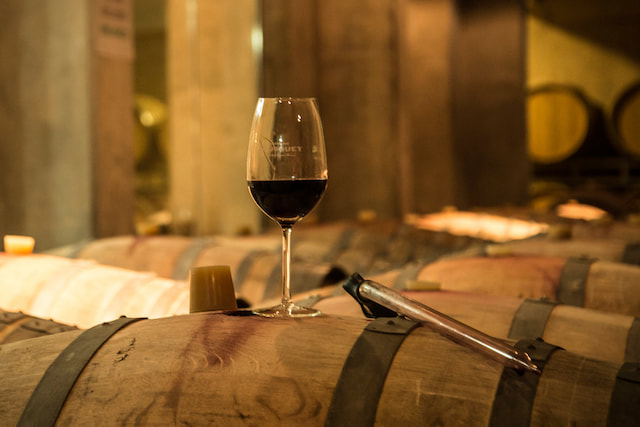
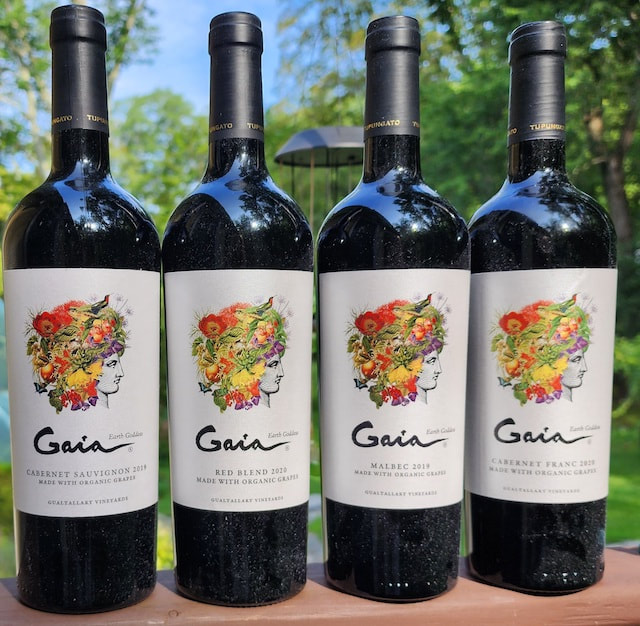
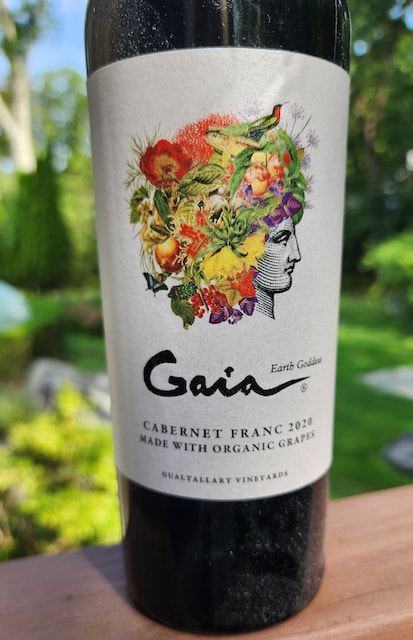
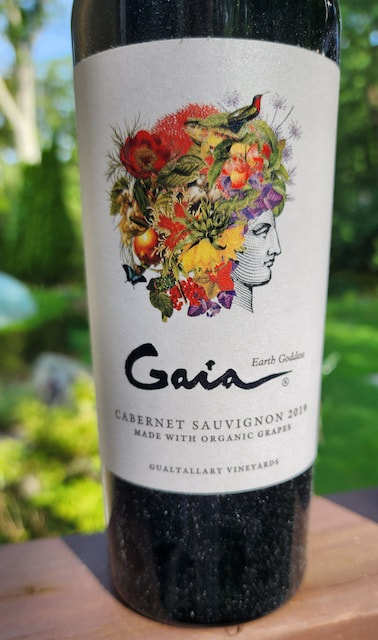
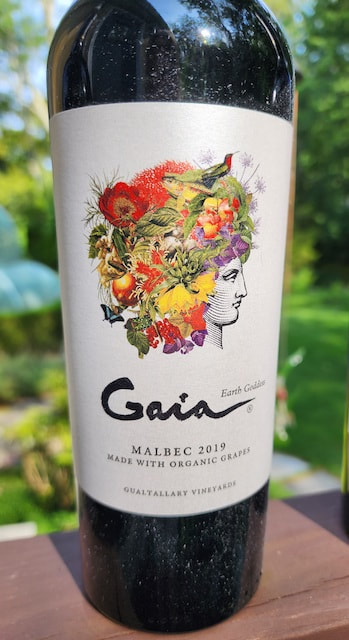
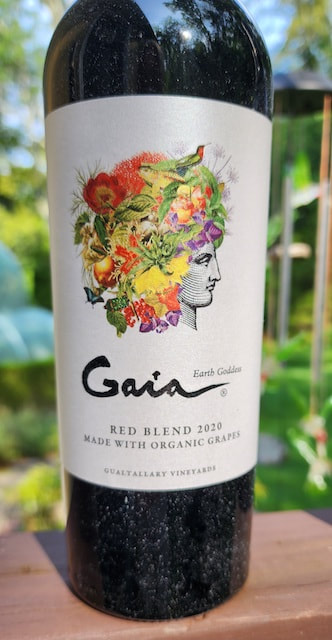
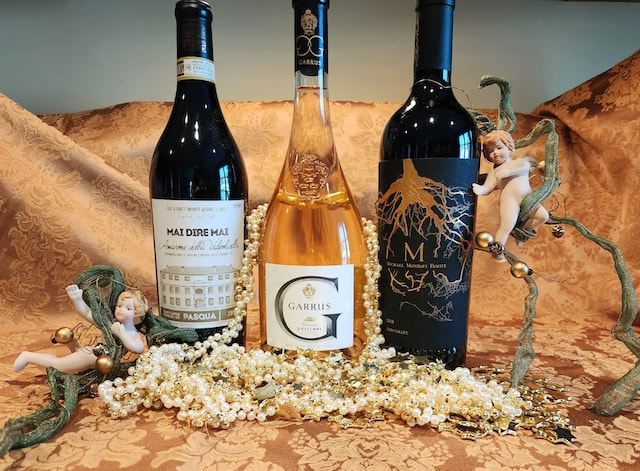
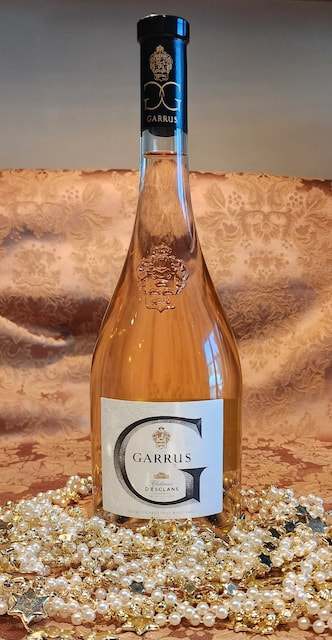
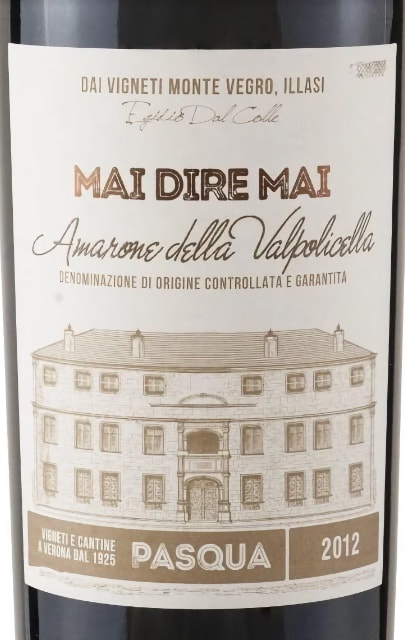

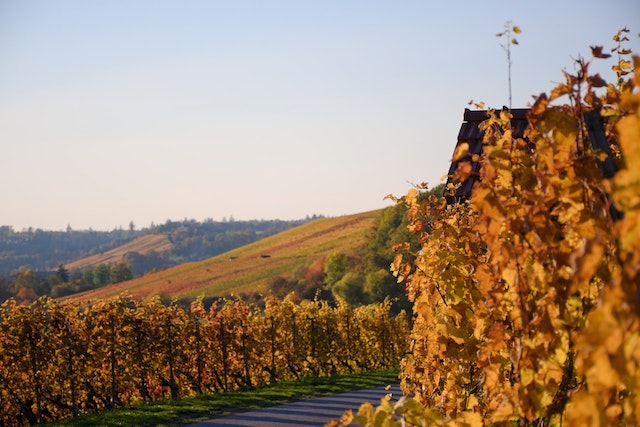
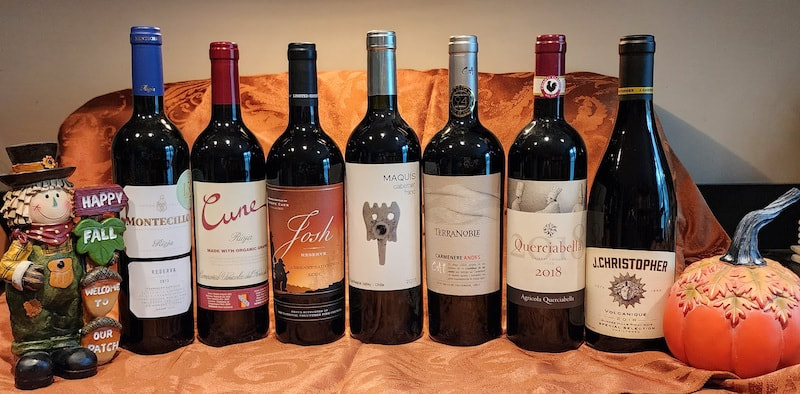
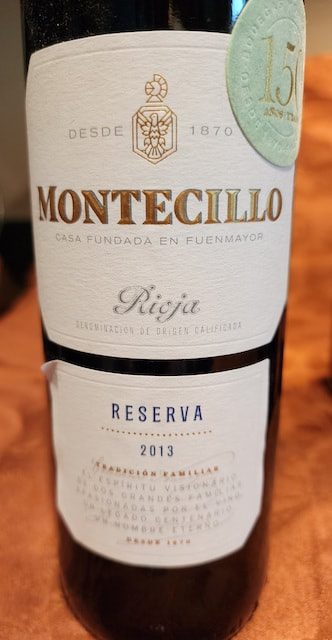
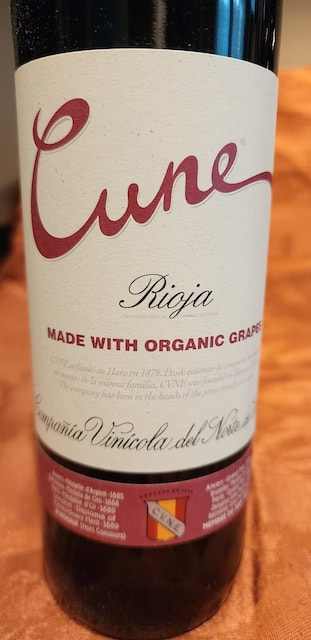
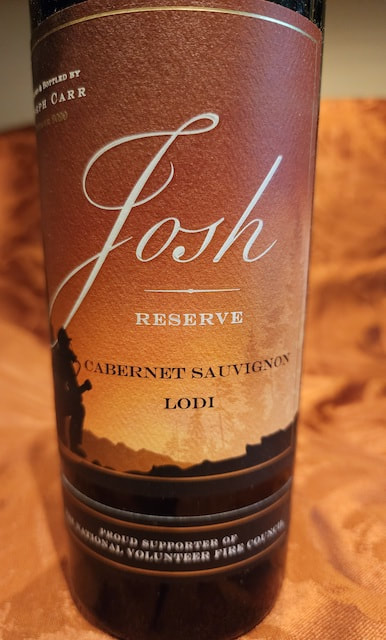
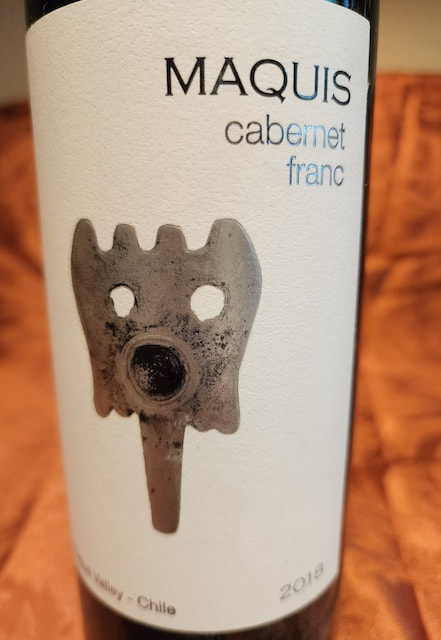
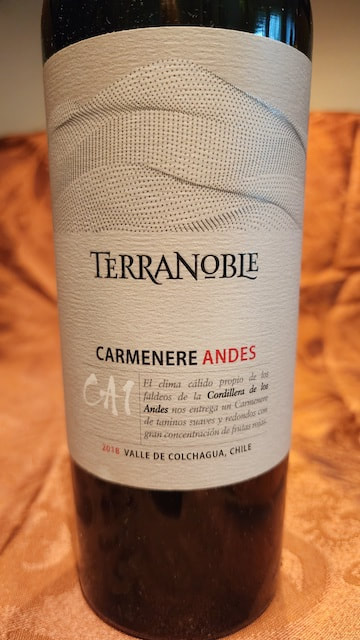
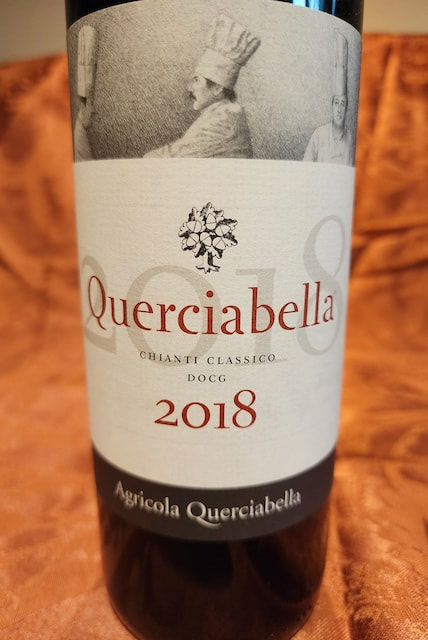
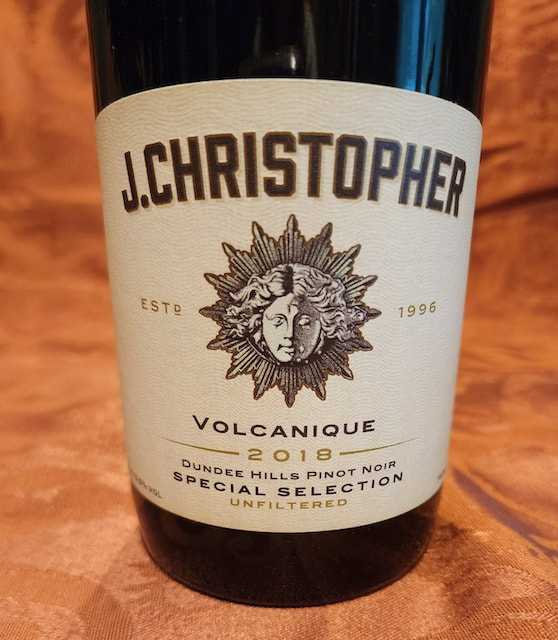
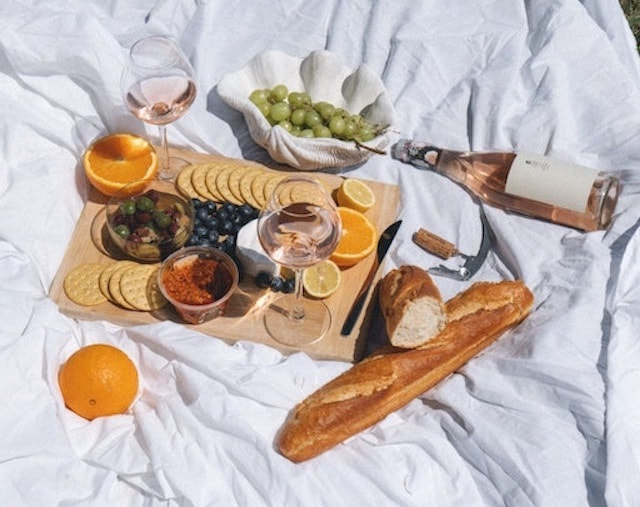
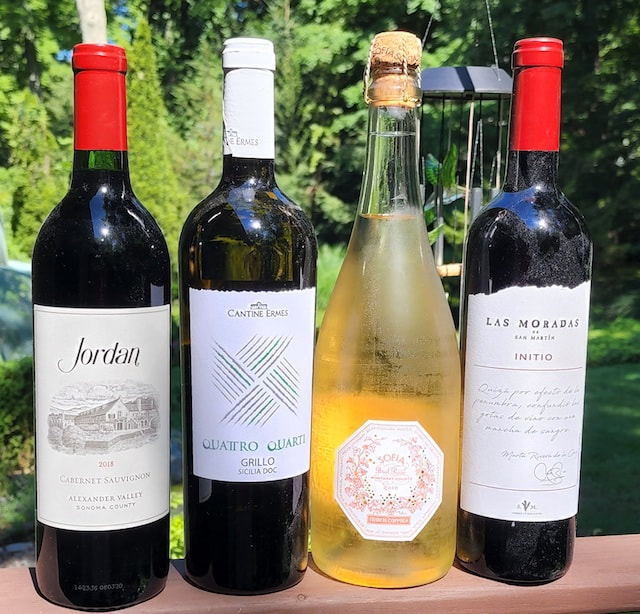
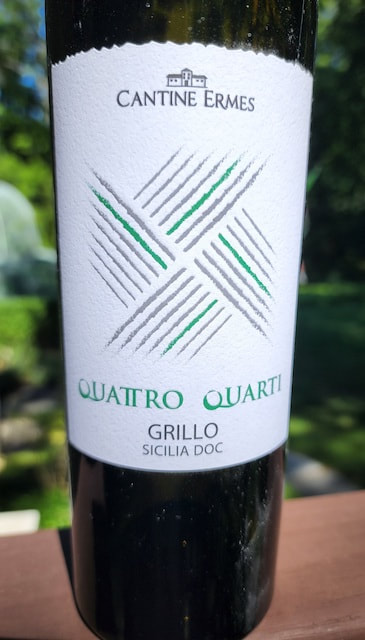
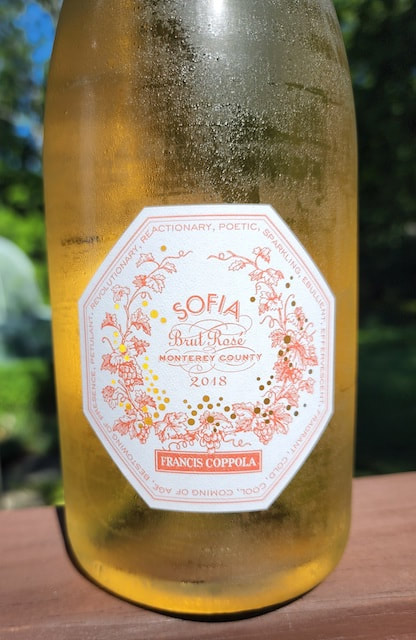
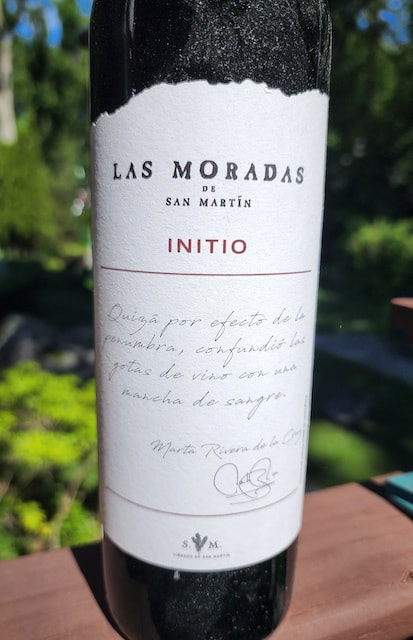
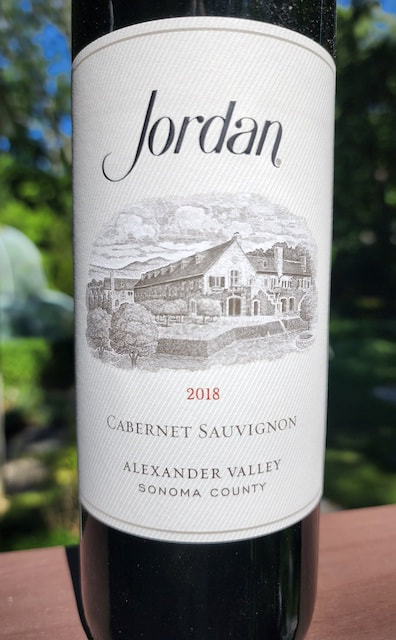
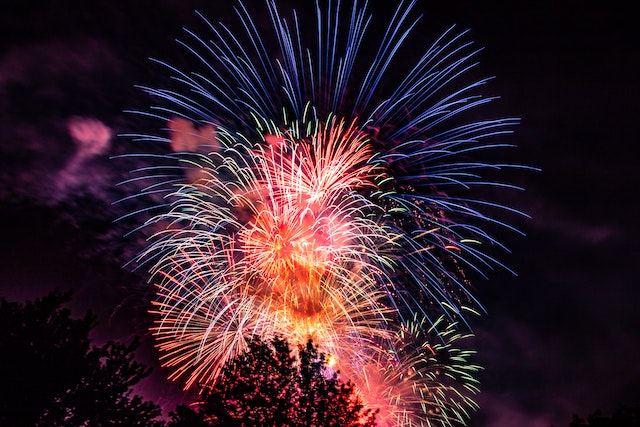
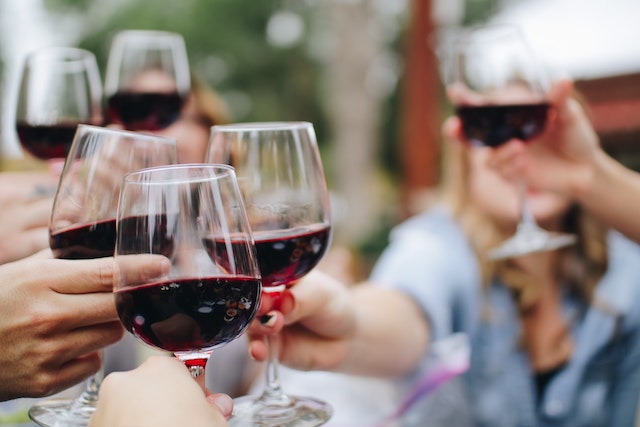
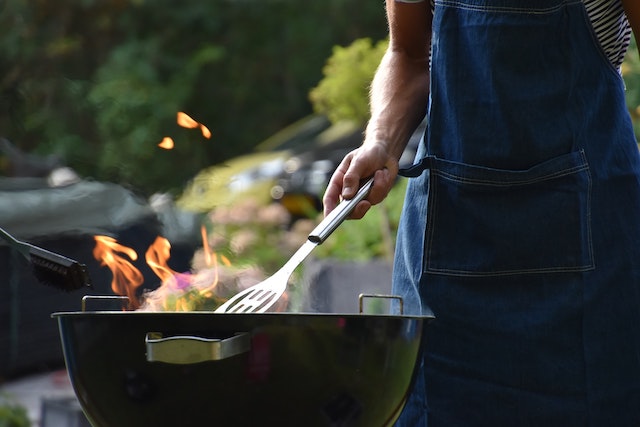
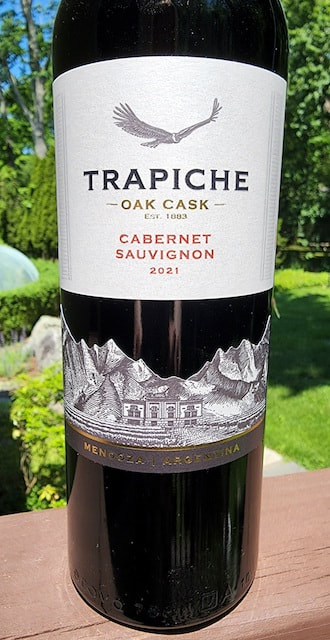
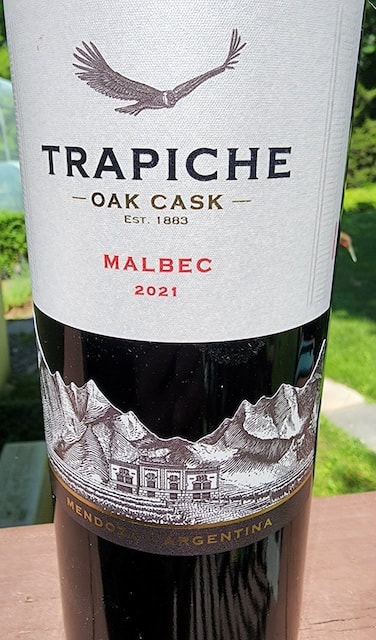
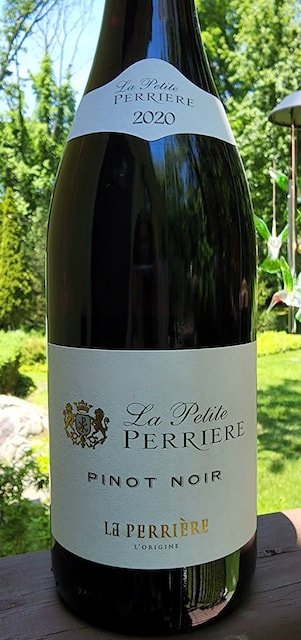
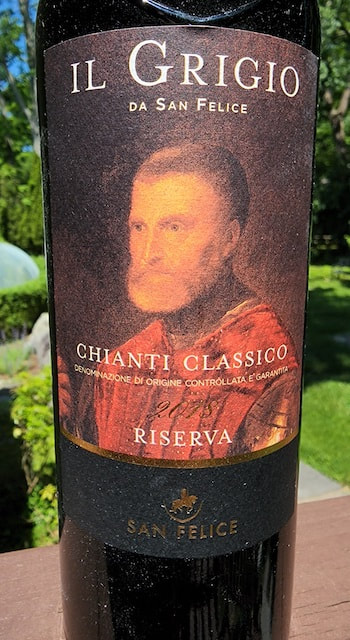
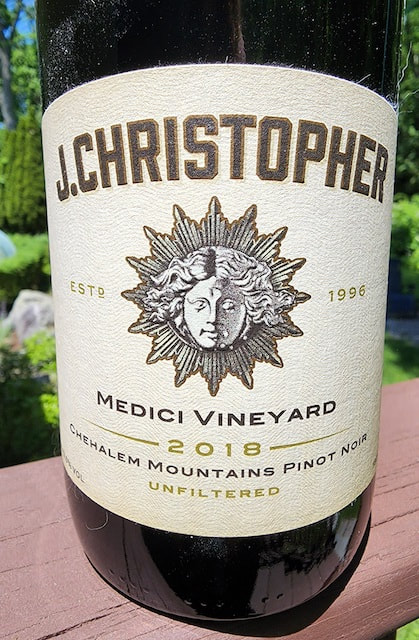
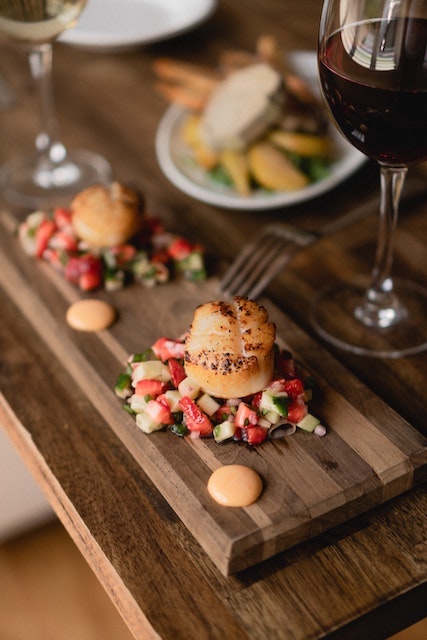
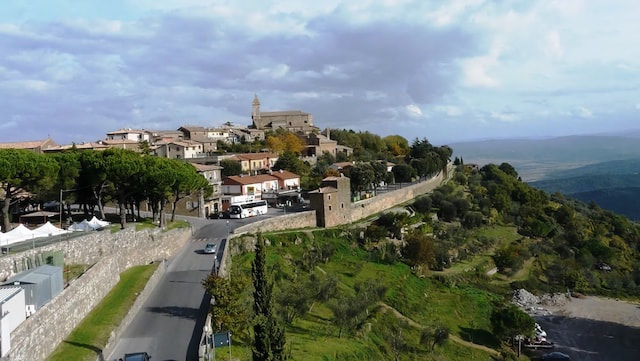
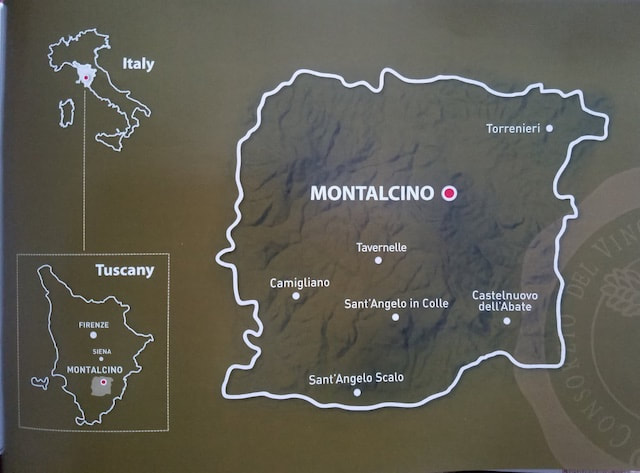
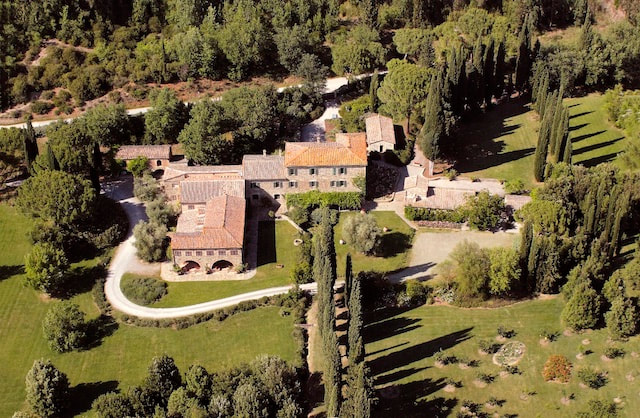
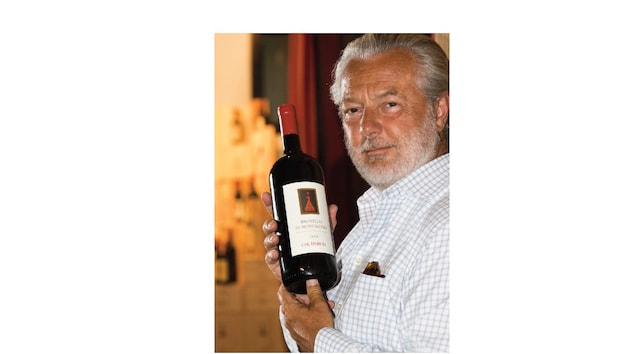
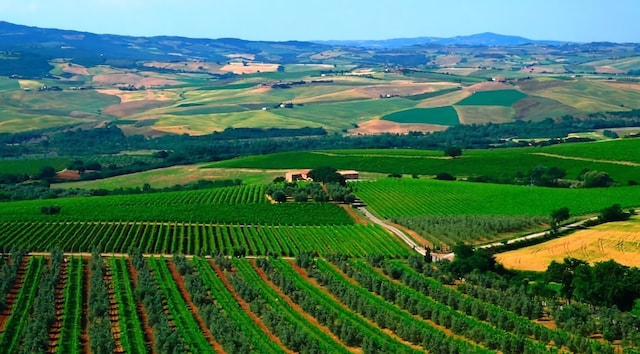
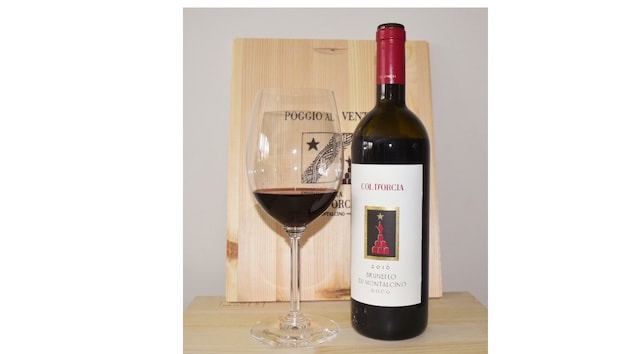
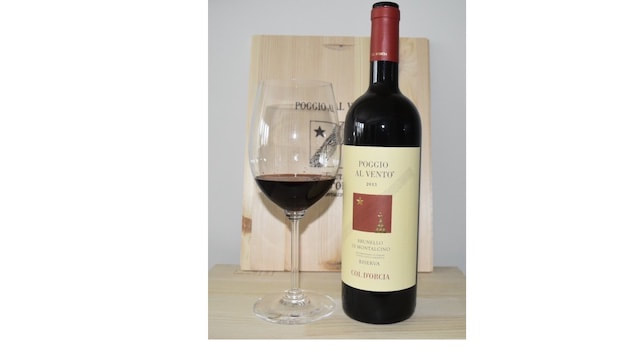
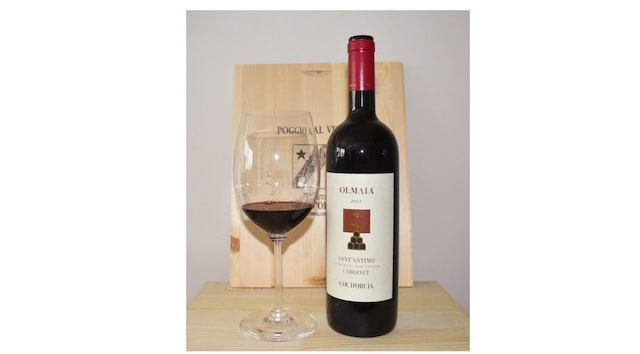
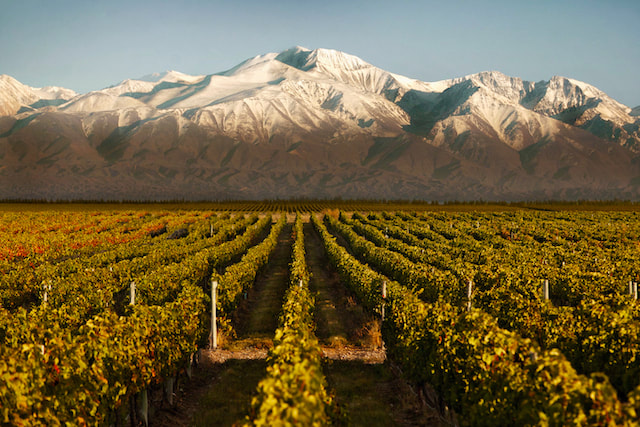
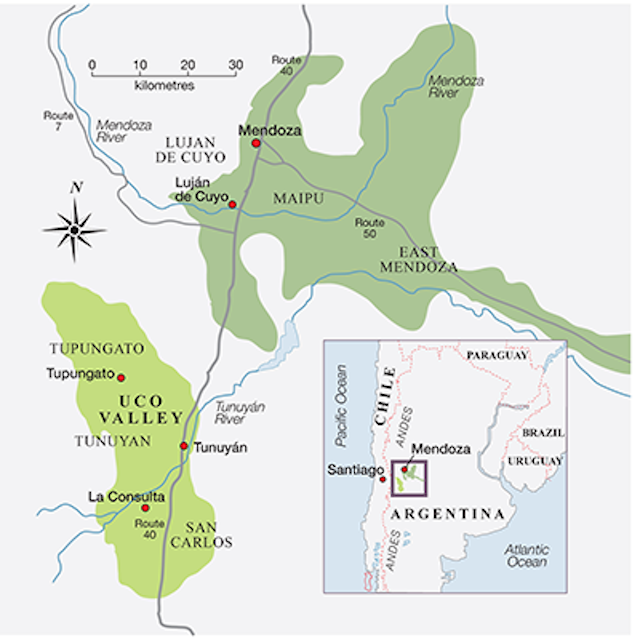
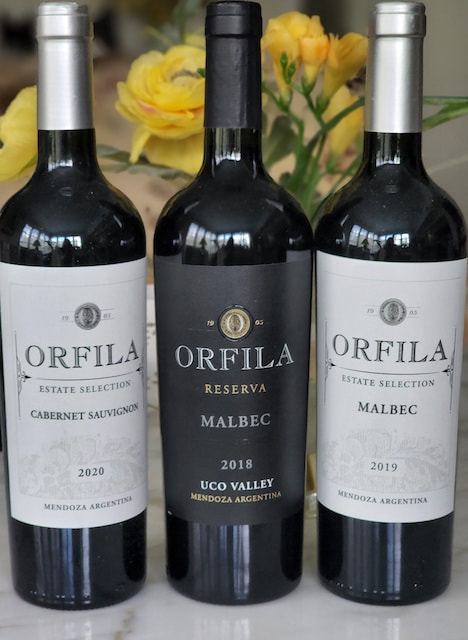


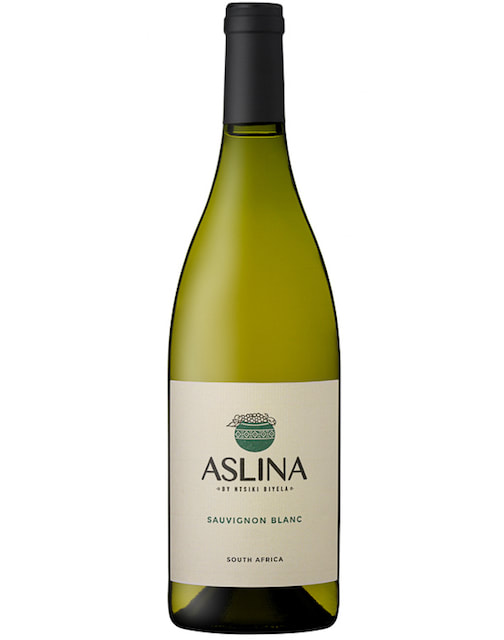
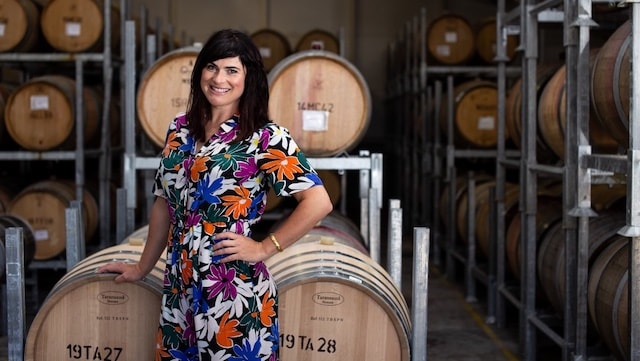
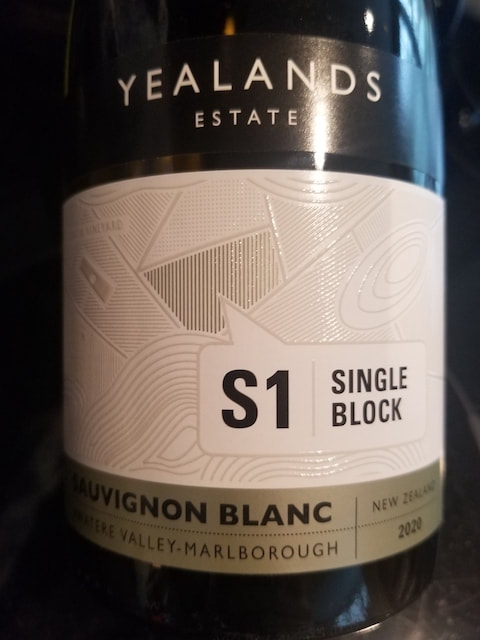
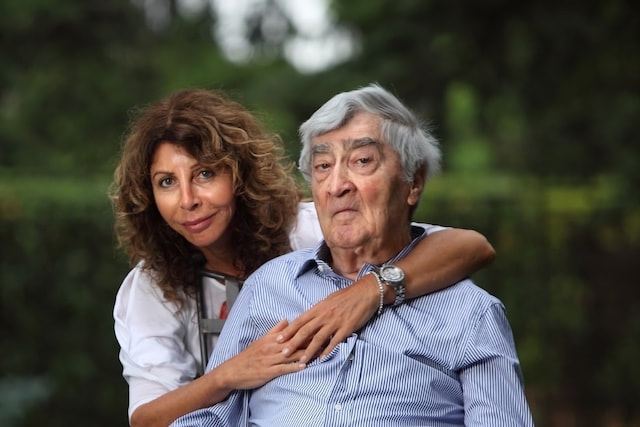
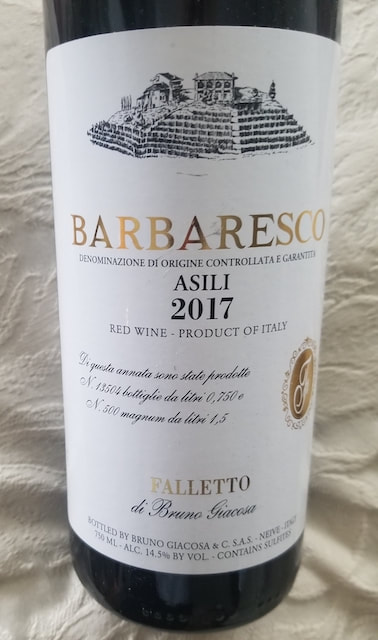

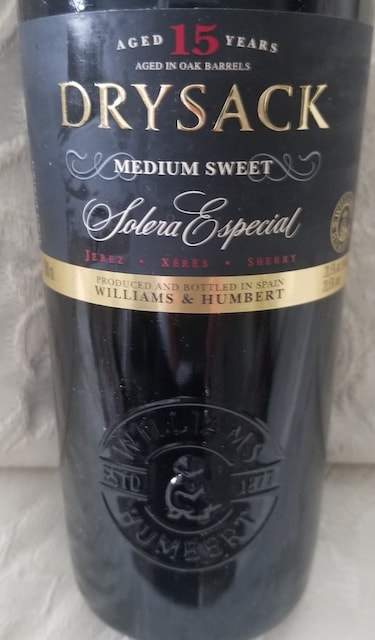

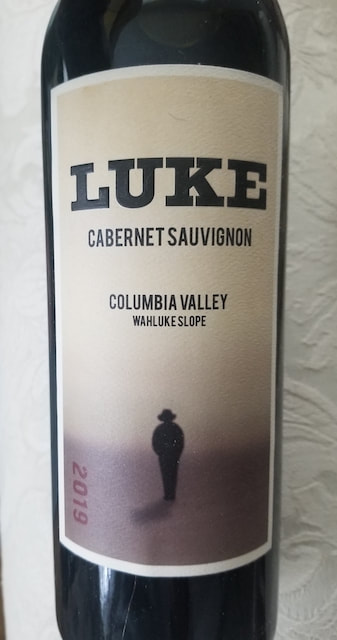
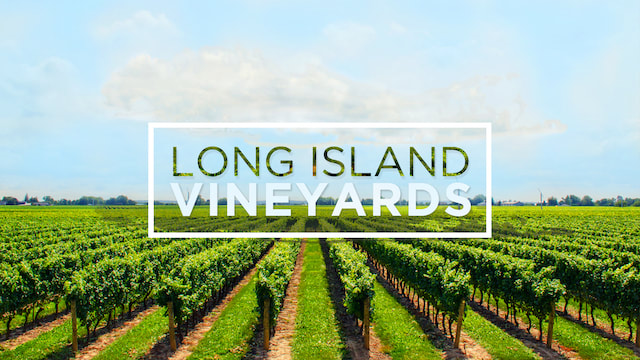
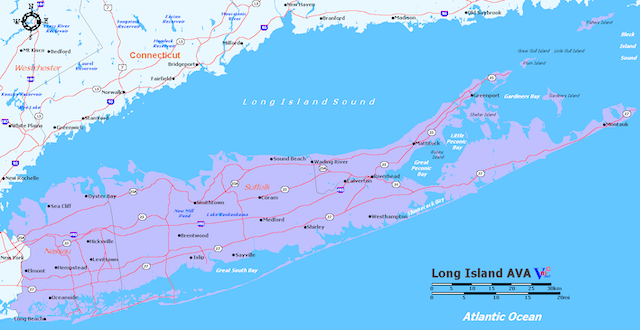
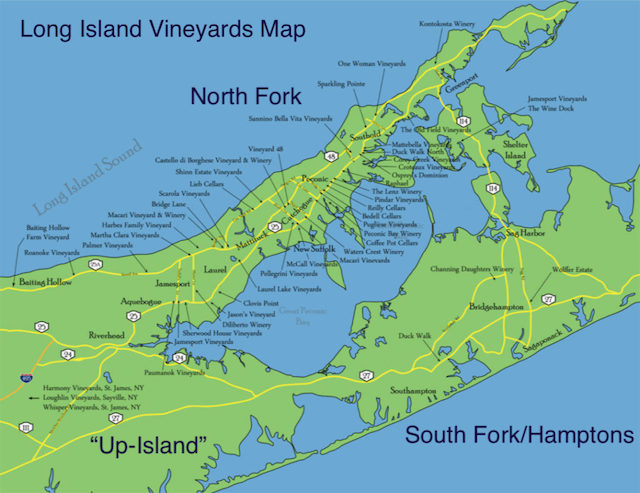
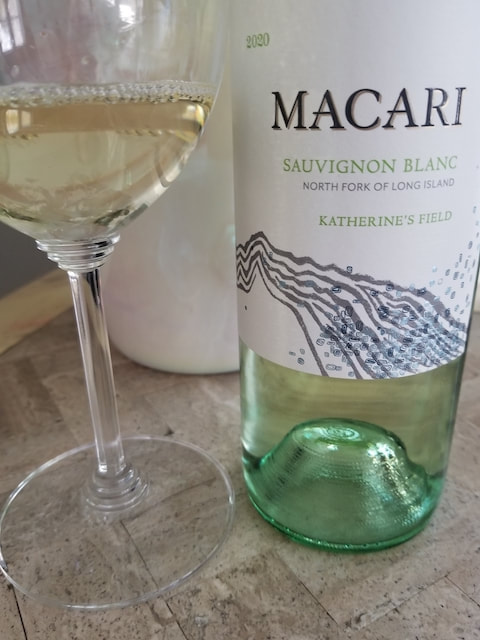
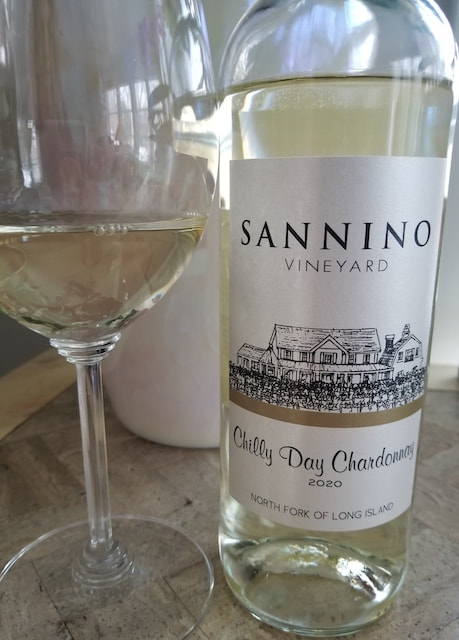
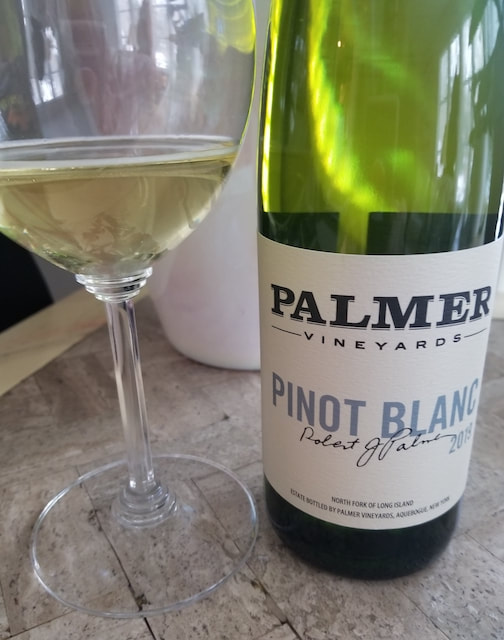
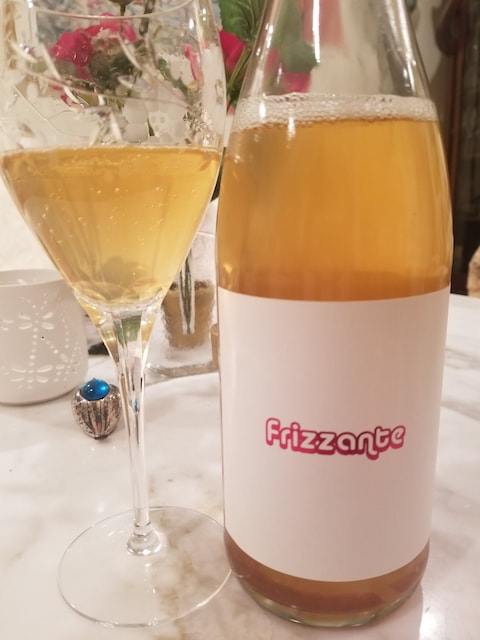
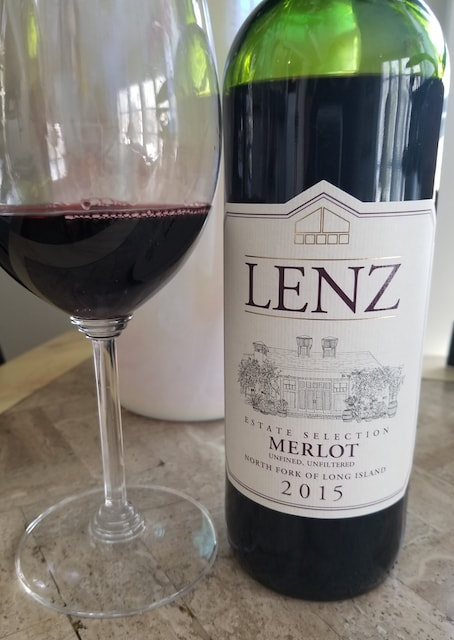
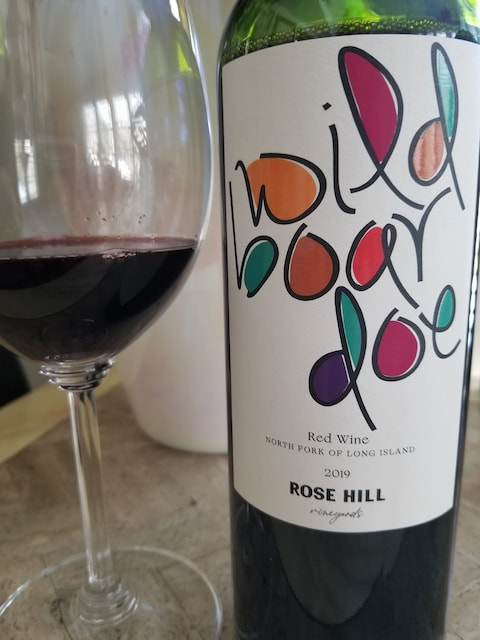
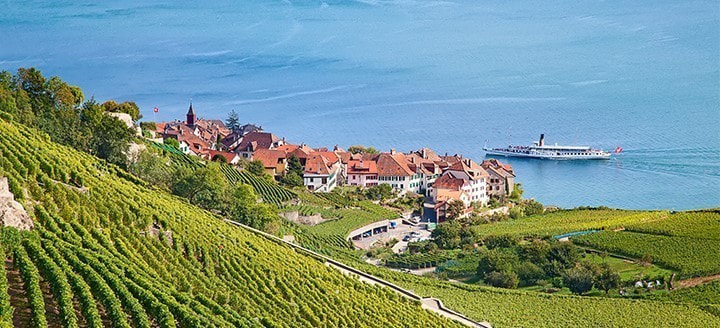
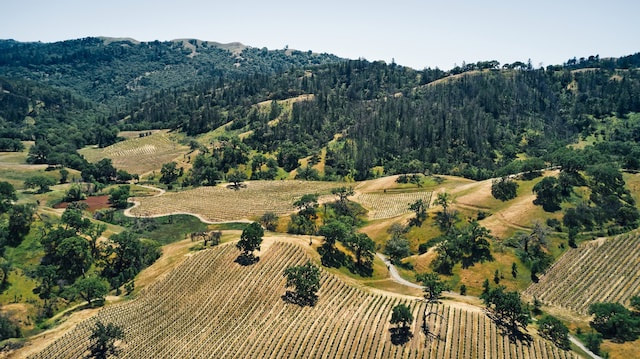
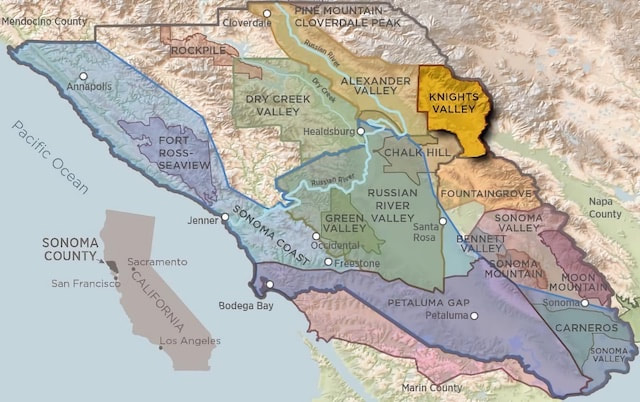
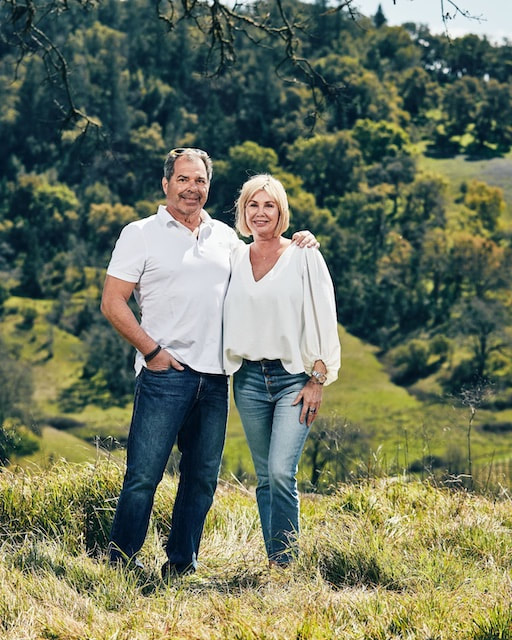
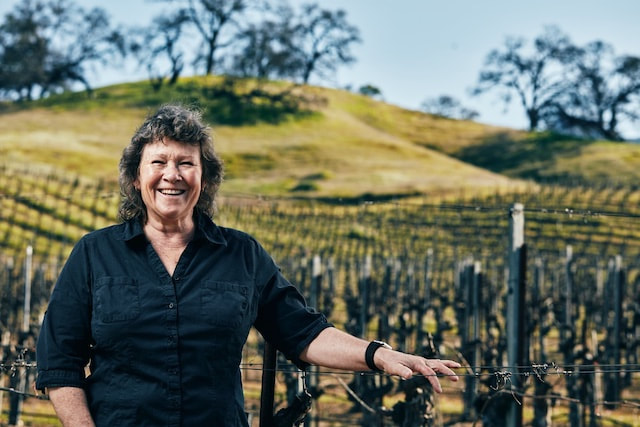
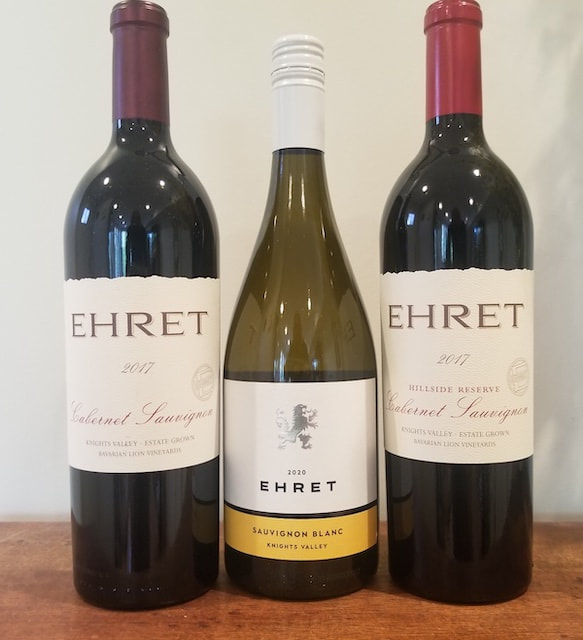
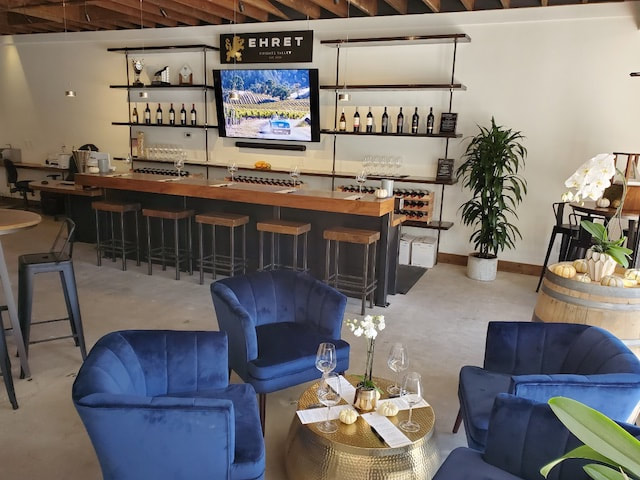
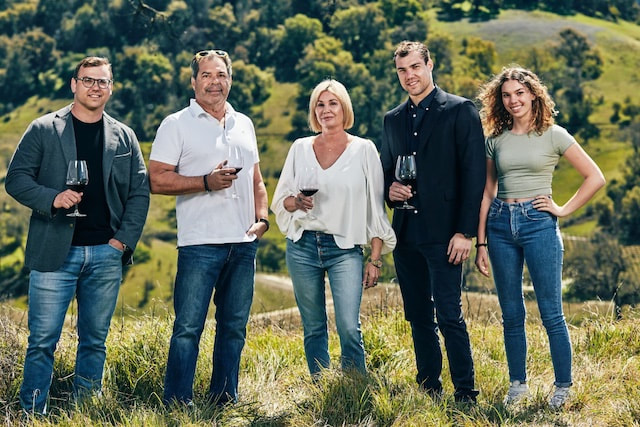
 RSS Feed
RSS Feed